When it comes to the Pokemon Trading Card Game (TCG), most of the cards tend to be grand and epic, featuring powerful Pokémon and awe-inspiring artwork. But every now and then, the artists get a little more creative and produce some hilariously funny cards that are sure to make players smile.
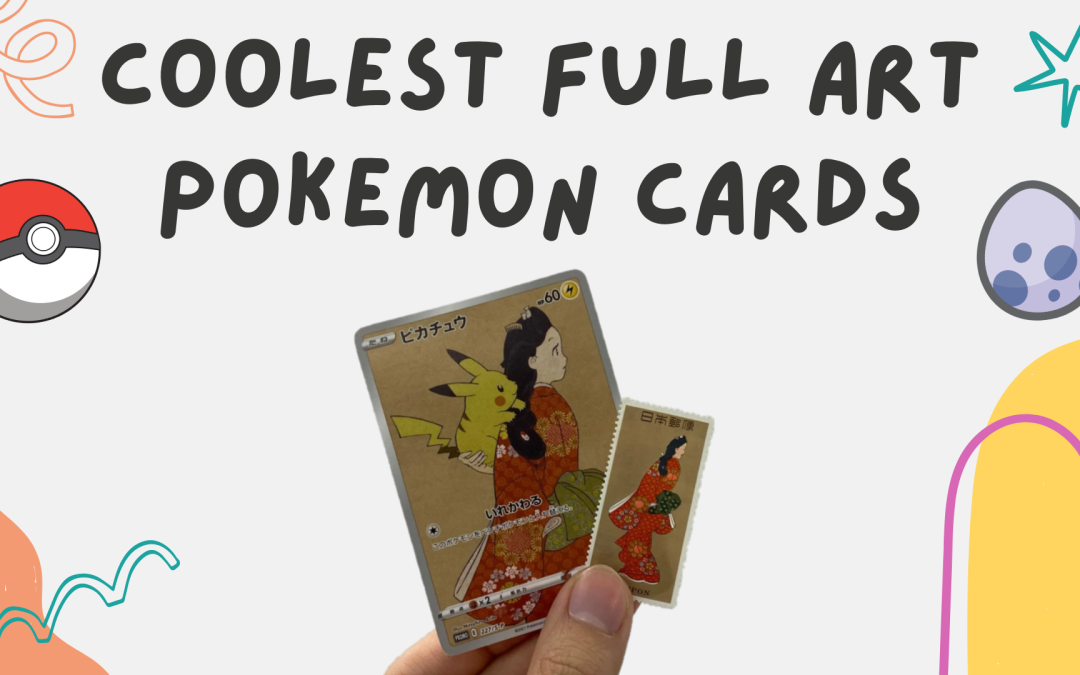
The 15 Coolest Full Art Pokemon Cards In History
The 15 Coolest Full Art Pokemon Cards In History
Throughout the history of the Pokemon TCG, there have been hundreds if not thousands of talented illustrators working day in and day out to bring us some of the coolest, most beloved art in trading card history. So then, what better way to show off this artistic talent than through a full art Pokemon card, where the canvas is no longer limited to a small square on the card but instead where they have the whole card to let their creativity run free? This, coupled with the shiny, holographic finish on the card, makes for inevitably brilliant art and the most collectible cards in a set.
So, today we are going to be honoring these great artists by counting down the top 15 coolest full-art Pokemon cards. Of course, there is no objective way to make this list, so if you disagree, don’t worry, this list was built purely on opinion.
#15 Moltres & Zapdos & Articuno GX Promo
This card comes from the Sun & Moon holiday set Hidden Fates and can only be found as a promo card in the Elite Trainer Boxes of the set. It was designed by Japanese artist HYOGONOSUKE and features some of the most creative artwork you will probably ever find in an Elite Trainer Box Promo. The card’s art features the three legendary birds in the style of an old stained glass window which feels like it almost emphasizes their monumental status, as though they are being worshipped like gods. Unfortunately, because Hidden Fates ETBs were produced like there was no tomorrow, there is no shortage of this promo meaning they only sell for around $15.

Moltres & Zapdos & Articuno Hidden Fates Promo
#14 Latias & Latios GX Alternate Art
This card popped up out of nowhere in the set Team Up and immediately got the attention of fans. Latias and Latios, whether it be in their name, or their design, are made to appear physically inseparable which is what artist Sanosuke Sakuma appears to be attempting to encapsulate in this art. The card features a Latias and Latios hovering in front of a beautiful sunset as they touch wing-to-wing forming the shape of a heart around the sunset. Truly cinematic stuff. Not to mention, this card doesn’t come at zero cost, it has actually become one of the most expensive cards in recent English Pokemon card history typically selling for around $300 ungraded.
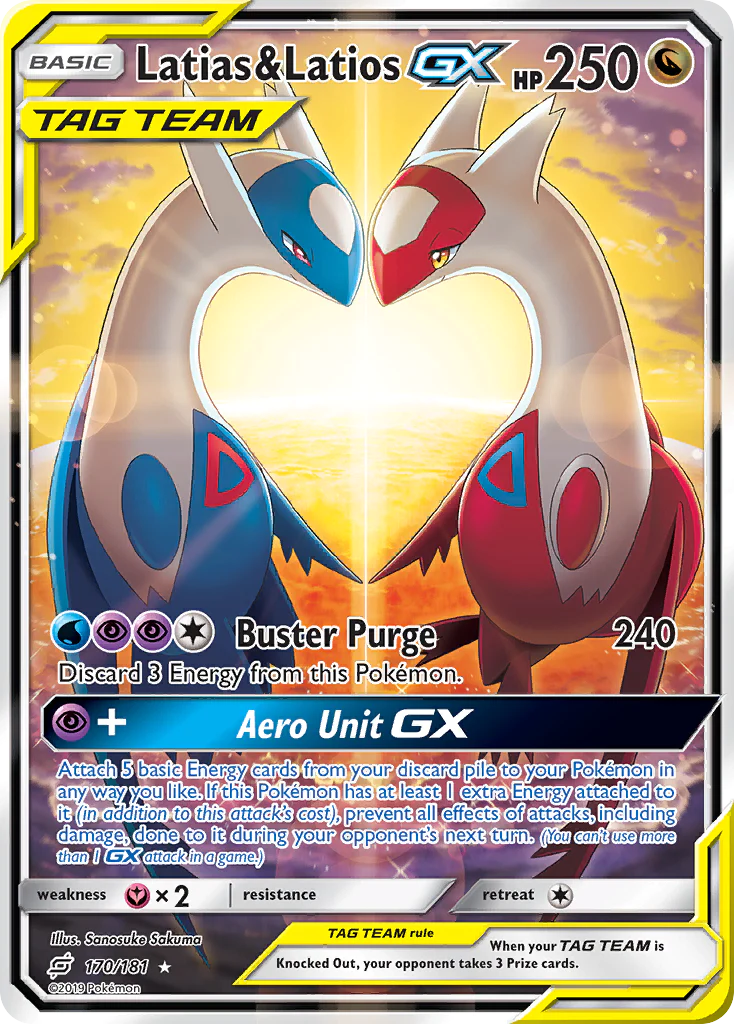
Latias & Latios GX Alternate Art
#13 Pokemon Stamp Box Cramorant
This card is a little different from the previous two as while, like the first entry, it is a promo card, this is a Japanese exclusive promo card. This card could only be acquired through a Pokemon stamp box in the Japanese Postal service and as a result, has become pretty sought-after. Designed by artist Mitsuhiro Arita this card follows a much more traditional style of Japanese art similar to that of the stamps used in Japanese post hence coming as a promo in a Stamp Box. It features three Cramorants diving through the air like Kingfishers, some not so gracefully as the others. Because of the card’s exclusivity, it is worth upwards of $100 even without a grade.
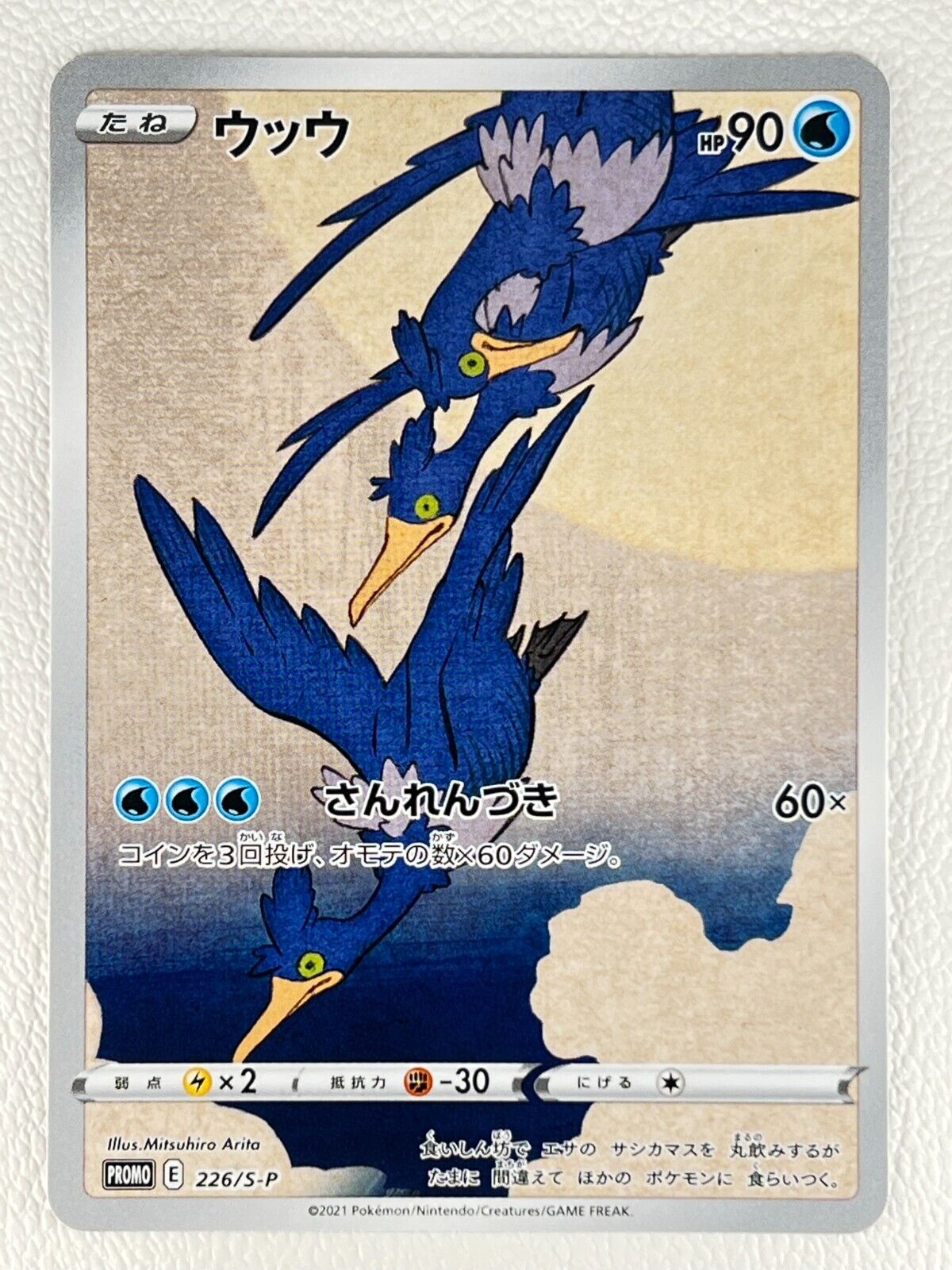
Stamp Box Cramorant Promo
#12 Pokemon Stamp Box Pikachu
The thing about the previous entry is that it doesn’t just come on its own as a promo and is actually one of two promos that come together out of the stamp box. The Cramorant’s counterpart is as you could probably guess the stamp box Pikachu which is designed with the exact same style by the exact same artist (Sanosuke Sakuma) and even features the lady from the Japanese stamp herself. You can find this card selling for nearly $300 ungraded!
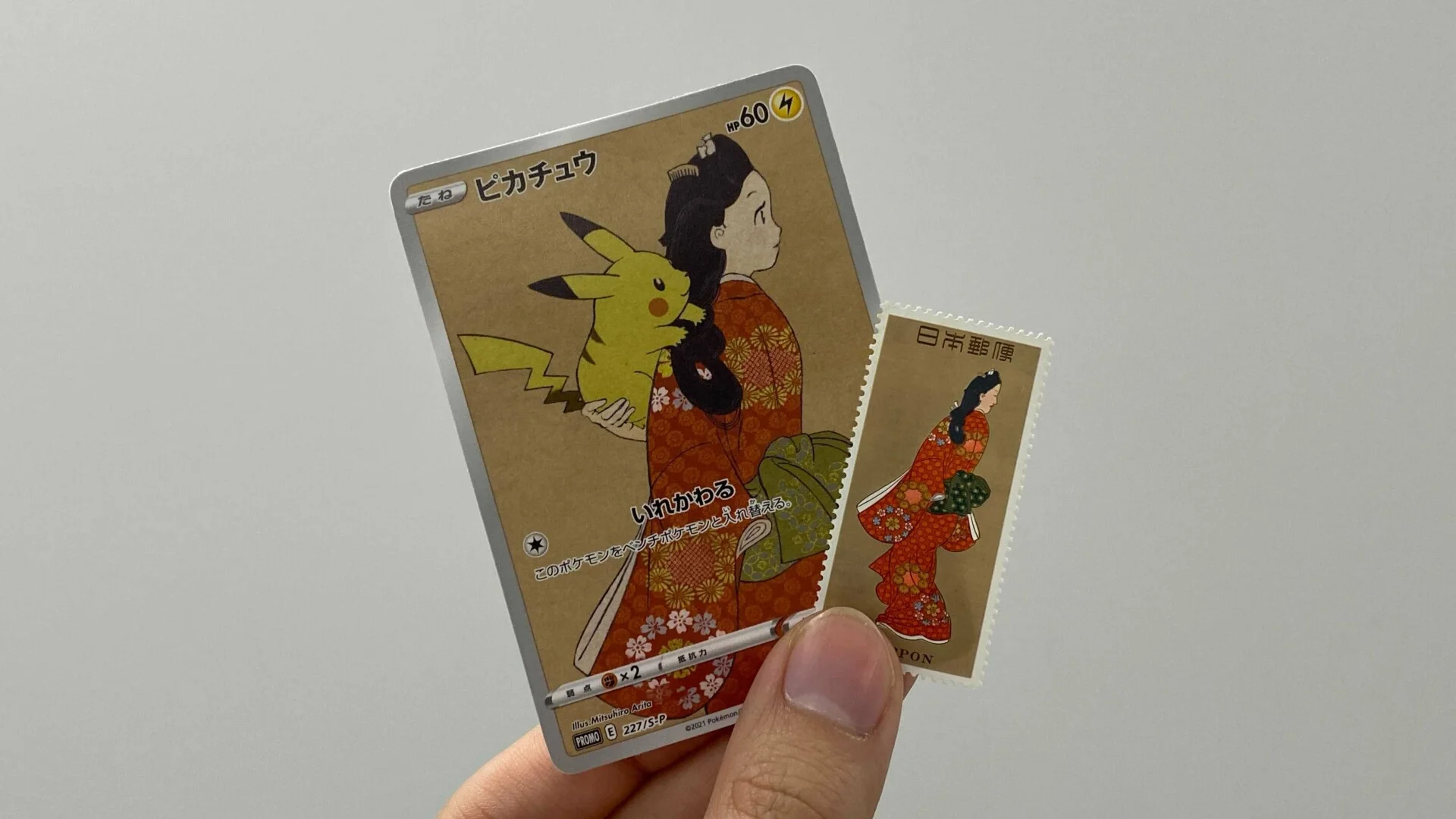
Japanese Stamp Box Pikachu With Japanese Stamp
#11 Galarian Moltres V Alternate Art
Coming from the Sword & Shield set Chilling Reign, this card, designed by artist Shibuzoh, takes a much more minimalist approach when it comes to color. This card only features 3 prominent colors: red, black, and white, and yet it makes for absolutely awesome artwork. It features the Galarian version of everyone’s favorite legendary bird spanning out its wings in front of a full moon in the night sky. There appear to be ominous red eyes also beaming through the forest it’s flying above but that could just be paranoia. This has actually become one of the most expensive cards in the set, selling for roughly $110 ungraded.
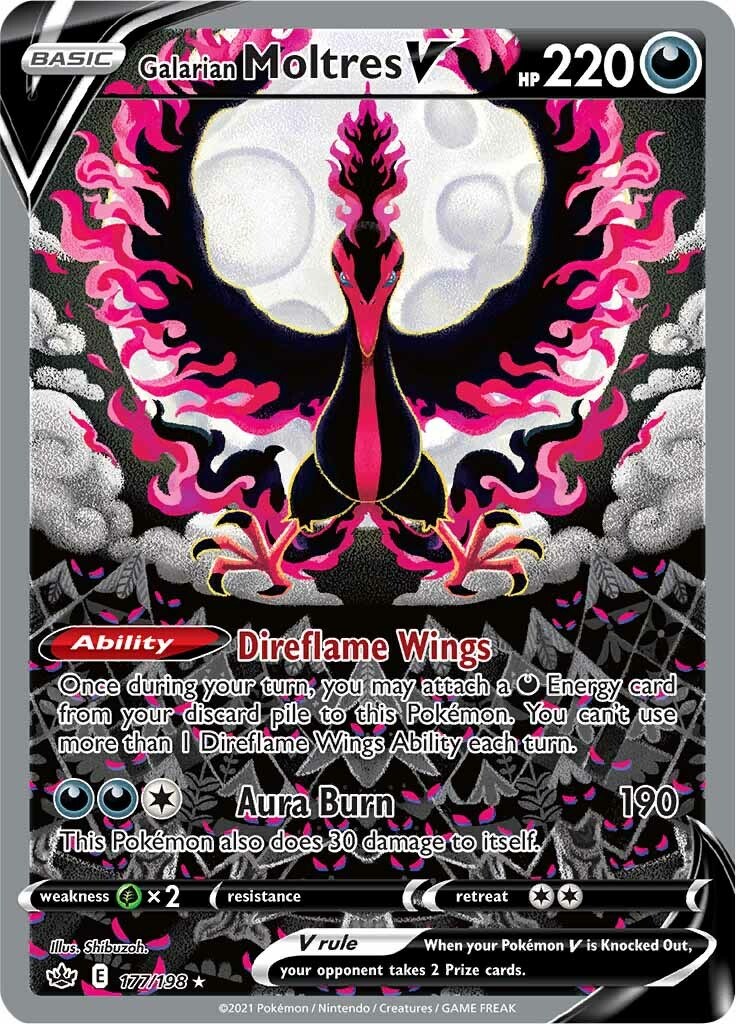
Galarian Moltres V Alternate Art
#10 Noivern V Alternate Art
Although Noivern may not be a fan-favorite Pokemon to many people, the pop culture reference of this card is just too awesome not to include in this list. This card, from the, set Evolving Skies and designed again by artist Mitsuhiro Arita, the same guy who designed the stamp box cards, features Noivern dropping from a building in the dead of night in the dimly lit city with his winged spanned like a cape. It’s practically impossible to deny that this card isn’t a reference or at least inspired by the DC poster boy Batman. Unfortunately, the unpopularity of Noivern means that this card isn’t exactly worth a fortune regardless of how cool it may be. It only sells for around $30 ungraded.
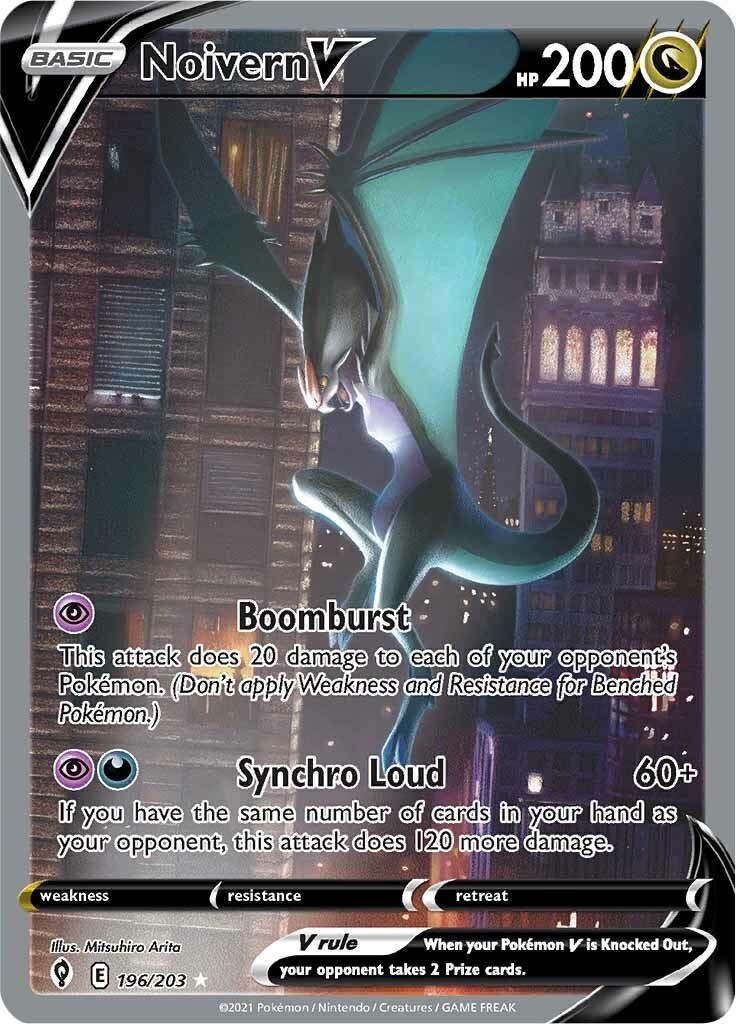
Noivern V Alternate Art
#9 Radiant Collection Pikachu
Now, we’re taking a brief trip back in time as this next entry comes from the X & Y era of Pokemon in the set Generations from 2016. The card was designed by Kagemaru Himeno and is definitely one of the cutest Pikachu arts you can get your hands on. The card features not just one, not just two, not even just three but four Pikachus on one card. They’re all dogpiling on top of each other to make a loving bundle of Pikachus. It’s a pretty simple art for the most part but for the time it was released, it was a pretty extraordinary art which gives it some extra points in my book. Unfortunately, however, the card isn’t worth much in terms of monetary value as it only sells for around $13 ungraded.
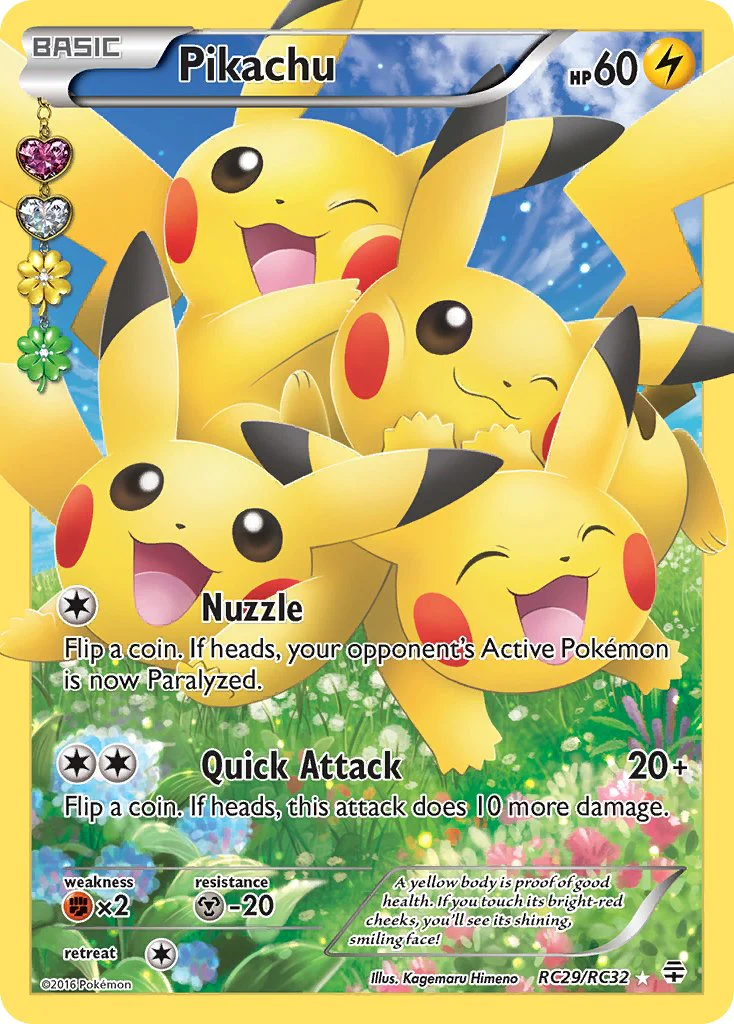
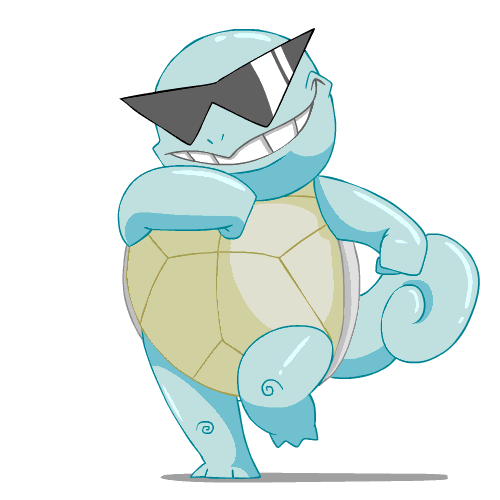
Need To Sell Your Pokemon Cards Fast?
We’ll Take Them Off Your Hands!
#8 Super Mario Pikachu Promo
If you haven’t heard of this card before, let me introduce you to one of the coolest crossovers you will probably ever see on a Pokemon card if not on any trading card. Designed by Kouki Saito this card features Pikachu in the iconic blue overalls and red hat of Nintendo’s Italian goomba-stomping mascot. The card even has a watermark at the bottom right that reads “MARIO PIKACHU” just in case you didn’t realize. This card came as a Japanese-exclusive promo in the 2016 Mario Pikachu Special Box which could often be found with it’s Luigi counterpart which featured the Luigi Pikachu. Because of this card’s age and exclusivity, it has become one of the most sought-after Pokemon cards in modern Pokemon history selling for around $2000 ungraded.
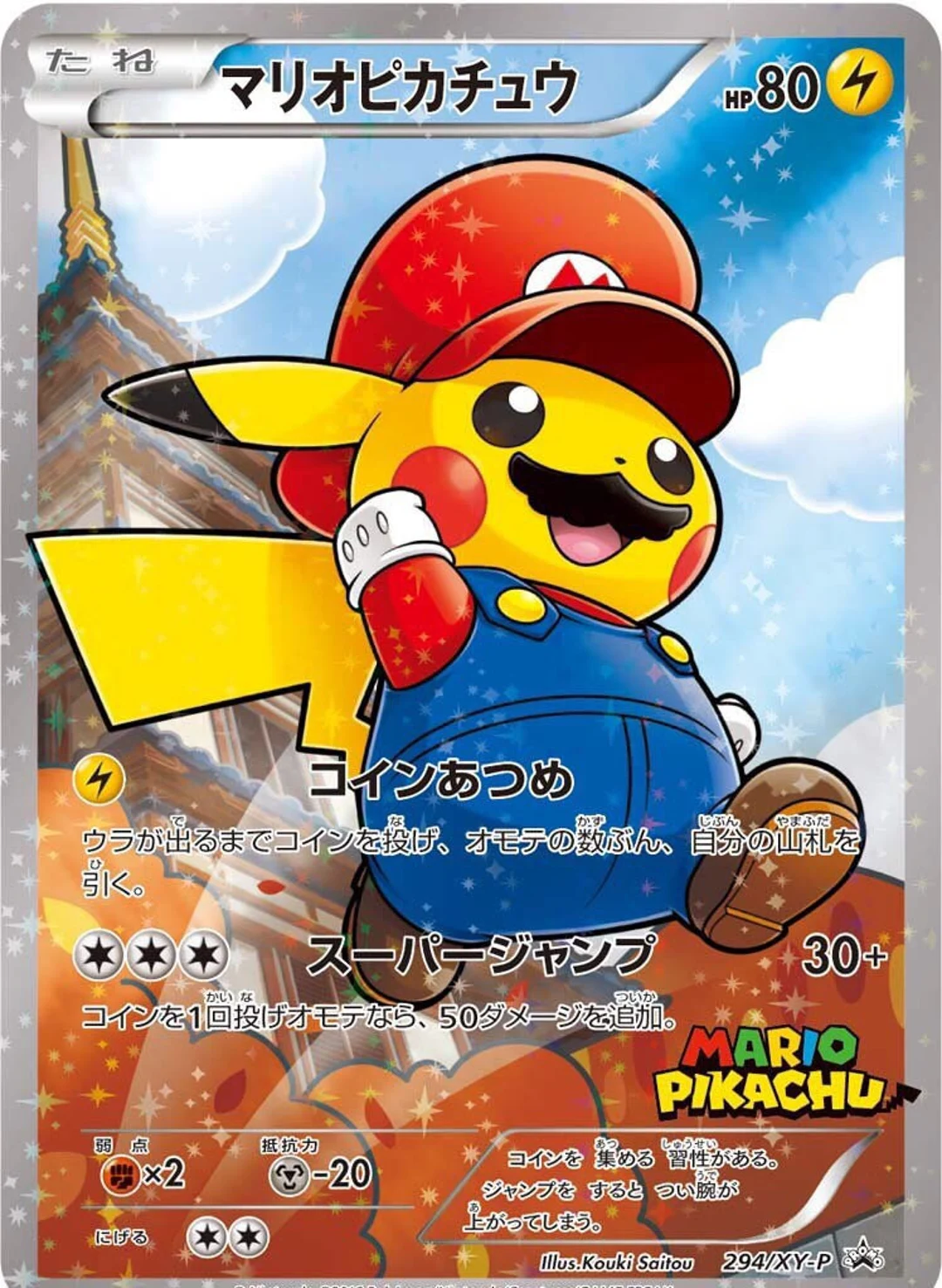
Super Mario Pikachu Promo
#7 Golden Arceus VStar Alternate Art
This is one of the most recent entries on this list as it was actually released this year (2023) in the set Crown Zenith. This set brought about a never-before-seen art style which was the Golden Alternate Art. Previously, a Pokemon would only get one golden full art and that’s it, but in the case of Giratina, Dialga, Palkia, and Arceus, they would go on to get 2 golden full arts each. Granted these were spread out among different sets but it’s interesting nonetheless. Anyway, this artwork was designed by Akira Egawa and features the legendary Pokemon floating above this crazy, hellish orange landscape over a pyramid as the clouds seem to orbit the Arceus in an almost godlike fashion. This art does an amazing job of capturing the scale and power of Arceus better than any card ever has. As a result, it’s one of the most expensive cards in the set and sells for around $100 ungraded despite being released less than a month ago.
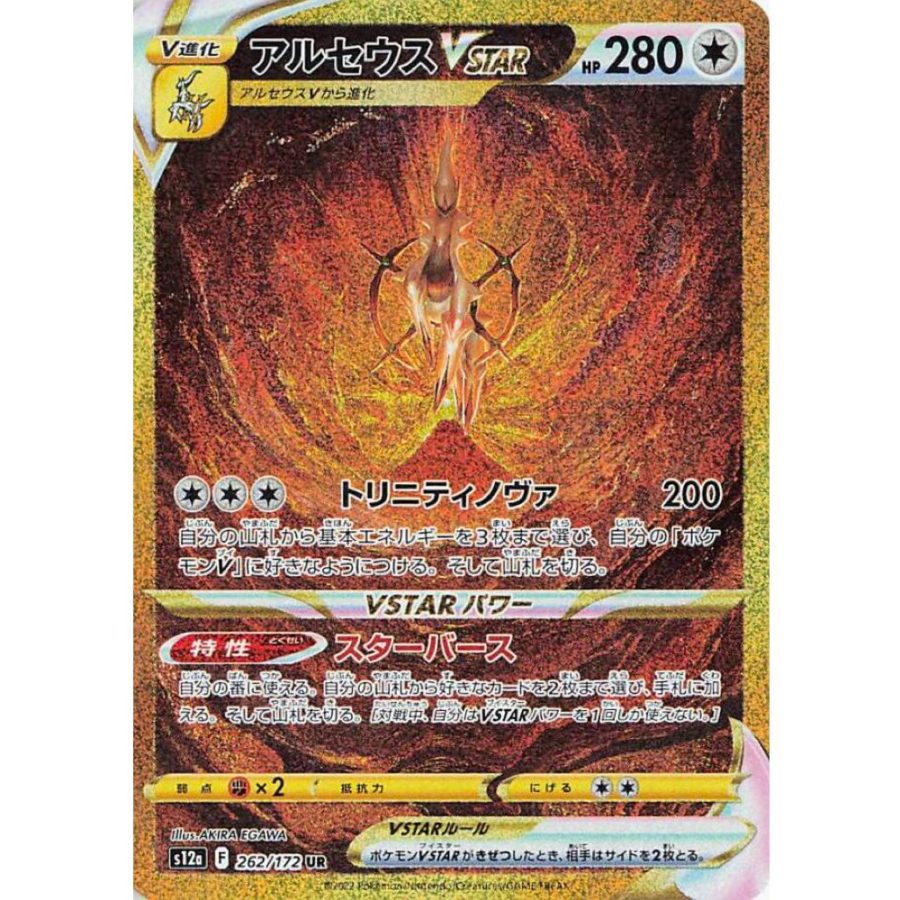
Arceus VStar Alternate Art
#6 Mewtwo GX Alternate Art
Staying on the topic of overpowered legendaries comes the Mewtwo from the 2017 holiday set Shining Legends. This card was designed by an artist who has now made quite a few appearances on this list: Mitsuhiro Arita. This is actually the chase card of the set and it features what appears to be the origin story of Mewtwo as it is floating in some sort of testing tube in a lab. If you look closely, you can even see little illustrations of the anatomy of Mewtwo in the background as, if you aren’t aware, Mewtwo was one of the only Pokemon to be designed in a lab. Ungraded, the card can be found selling for more than $70.
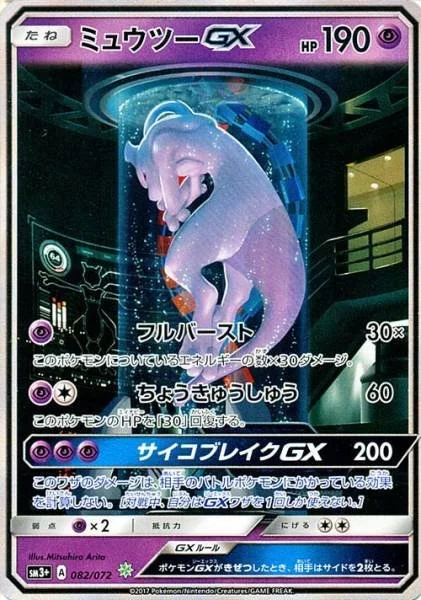
Mewtwo GX Alternate Art
#5 Rapid Strike Urshifu VMax Alternate Art
This entry may come as a surprise to some, as Urshifu isn’t exactly the most popular Pokemon in the world, but he does have one of the coolest full arts to the name coming from the 2021 set Battle Styles. Designed by Kiyotaka Oshiyama, it’s pretty hard to deny that this card isn’t somewhat cool. It features a massive Urshifu sitting cross-legged doing some sort of water bending to propel himself into the air with the water. If that isn’t cool enough, with this water bending he’s shooting loads of other water-type Pokemon into the air like Clobbopus as well as other cameos from Pokemon like Cramorant and Corviknight. Unfortunately, the lack of popularity of this card means that it’s only worth around $50 ungraded.
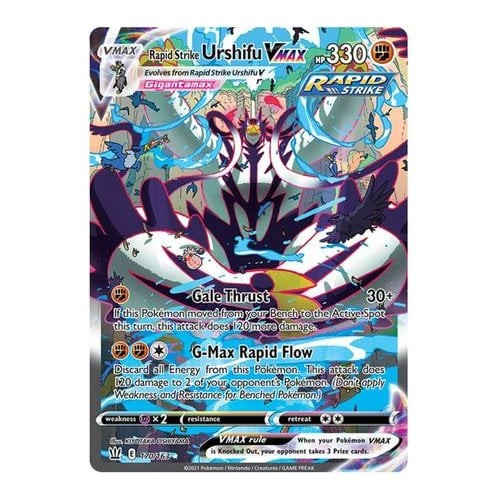
Rapid Strike Urshifu VMax Alternate Art
#4 Magikarp Poncho Pikachu
Now comes yet another Japanese exclusive as they just can’t seem to help but make for some of the coolest arts in the entire TCG. This card came as one of many promo cards in the exact same Pikachu Poncho art style including a Rayquaza Poncho, Shiny Rayquaza Poncho, Gyarados Poncho, Mega Charizard X Poncho, Mega Charizard Y Poncho, as well as several other non-full-art Poncho Pikachus. However, in my humble opinion, the coolest of them all is the Magikarp Poncho Pikachu designed by the same man behind the Mario and Luigi Pikachu Kouki Saito. Everything from the crazy patterned background to the Pikachu poking its head out of the Magikarp’s mouth makes this card one of the best full arts out there. As well as this, it’s extremely rare, and as a result, like the Mario and Luigi Pikachu, is one of the most expensive cards in modern Pokemon history. Ungraded, the card is worth around $1000.
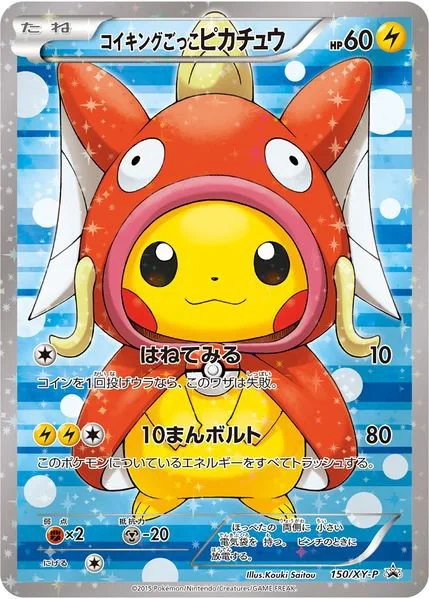
Magikarp Poncho Pikachu
#3 Secret Rare Gyarados ex
This entry actually has not been released in English yet but is set to be in March of this year. It comes from the Scarlet and Violet base set of Pokemon which is reintroducing the 2003 “ex” mechanic. Designed by 5ban Graphics, this card is designed with a strange polygon style which makes for some really unique artwork. As well as this, the Gyarados featured on the card wears a silver crown which for some reason feels really fitting. Strangely enough though, although the English value is yet to be realized, it isn’t really worth that much in Japanese, only selling for around $30 ungraded.
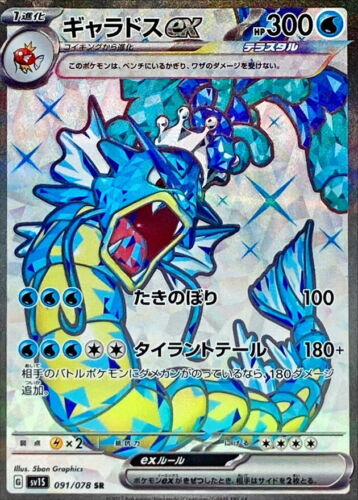
Secret Rare Gyarados ex
#2 Umbreon VMax Alternate Art
This card was inevitably going to make an appearance on this list as let’s face it, it is probably one of the most groundbreaking and amazing artworks on a card in Pokemon history. It was one of the first introductions to alternate arts in the Sword and Shield era of Pokemon, aside from Chilling Reign and it just does not disappoint. The set it comes from, Evolving Skies, also brought about some of the most expensive alternate arts in the current Pokemon landscape such as the Leafeon VMax, Glaceon VMax, and the Rayquaza VMax. Regardless, we’re here to talk about this card; the Umbreon VMax alternate art. It was designed by artist KEIICHIRO ITO and features a Gigantimaxed Umbreon scaling a building and reaching for the moon reminiscent of the Van Gogh painting “The Starry Night”. Ungraded, it would be difficult to find the card for less than $400.
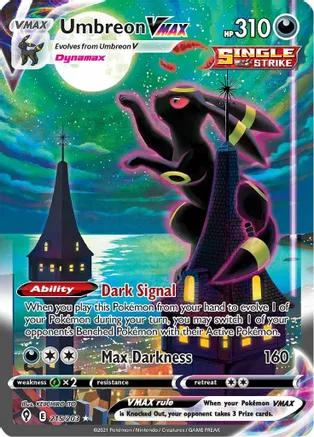
Umbreon VMax Alternate Art
#1 Edvard Munch Psyduck Promo
Finally, we have what we believe to be one of if not the best full art of all time and it comes in the form of yet another Japanese exclusive promo. This is a card that some of you may not even know exists if you’re a newer collector but it remains one of the most expensive Japanese exclusive promos released in the last 5 years. The card was purchasable as one of five different options, Psyduck, Rowlet, Eevee, Mimikyu, or Pikachu. They could only be obtained by attending a Pokemon Center in Japan that was participating in the promotional event of the Munch: A Retrospective exhibition. It was the first time that Edvard Munch’s famous painting The Scream would be displayed in Japan so Pokemon centers would grant customers this promo card with the purchase of any two booster packs. As well as this card was completely restricted from the online Pokemon Center, meaning it had to be obtained in person. It was designed by artist Tomokazu Komiya and he does the card so much justice. The card features a Psyduck screaming in the exact style of the Munch painting The Scream as a Haunter and a Gengar from the background seem to approach him. Ungraded, the card can sell for upwards of $700 thanks to how exclusive and awesome the artwork is.
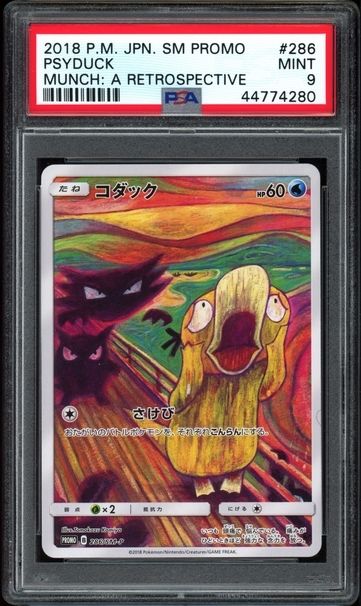
Edvard Munch Psyduck Promo
Sell Your Pokemon Cards Fast With WeBuyPokeCards
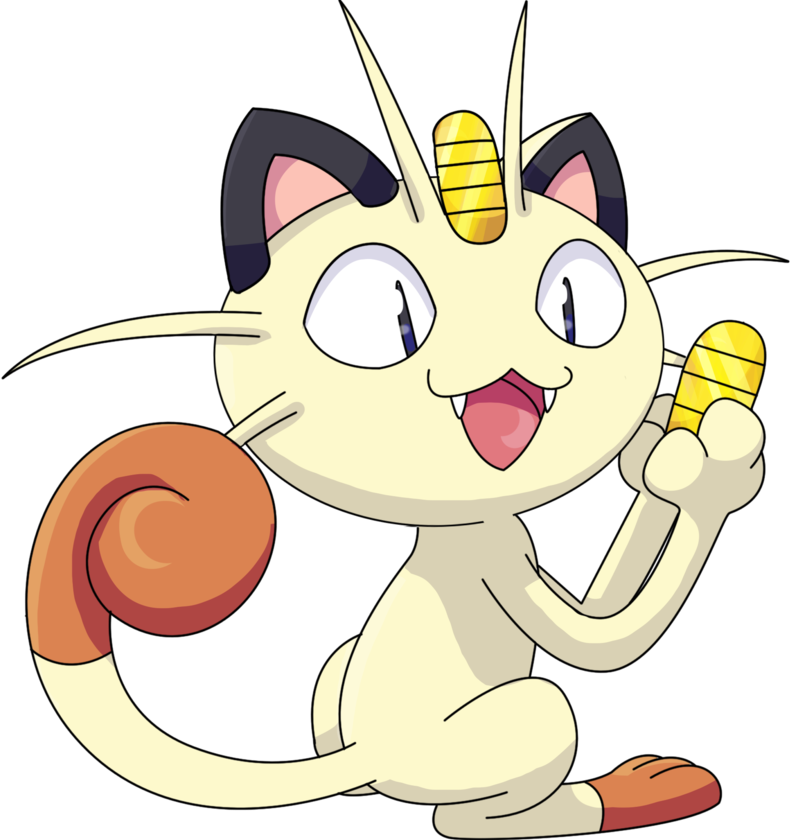
Related Posts
What To Read Next
The 10 Funniest Pokémon Cards To Make It Into The TCG
The 10 Most Expensive McDonald’s Pokémon Cards
In the past years, McDonald’s has teamed up with The Pokemon Company to release a series of limited edition Pokémon trading cards. These promotional cards, featuring beloved characters from the iconic franchise, have become highly sought-after among collectors and fans alike.
How Many Pokemon Cards Are There?
If you were a child in the 90s or early 2000s, then chances are you have fond memories of collecting and trading Pokémon cards with your friends. But have you ever stopped to wonder just how many Pokémon cards there are in the world?

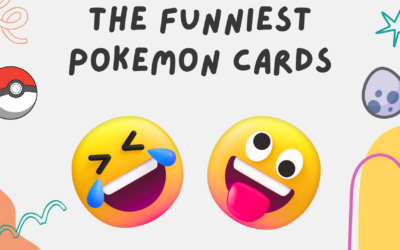
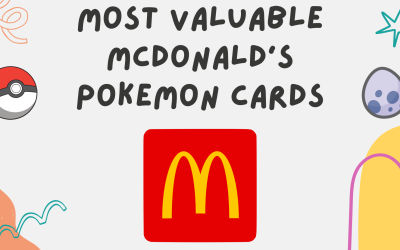
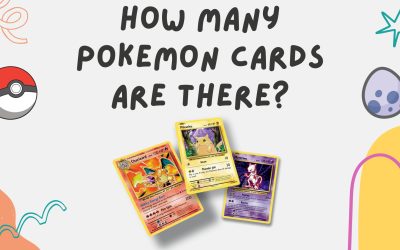
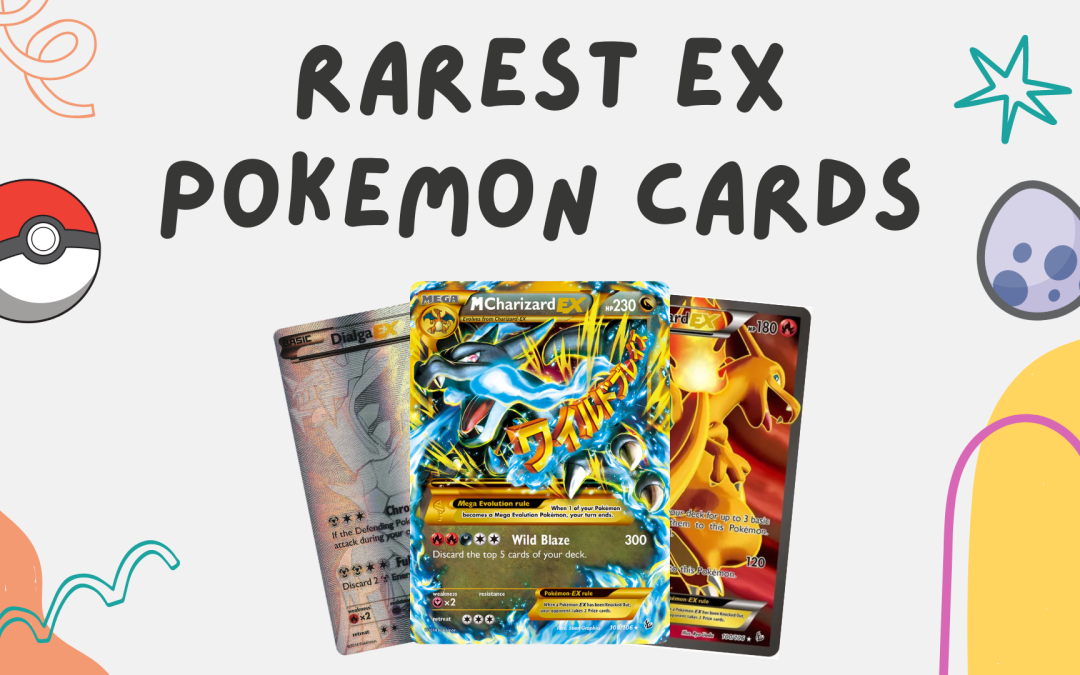
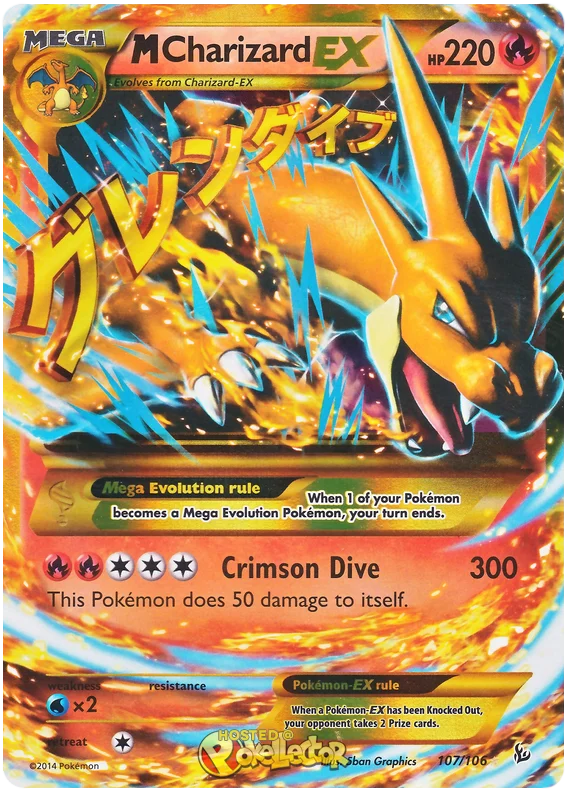
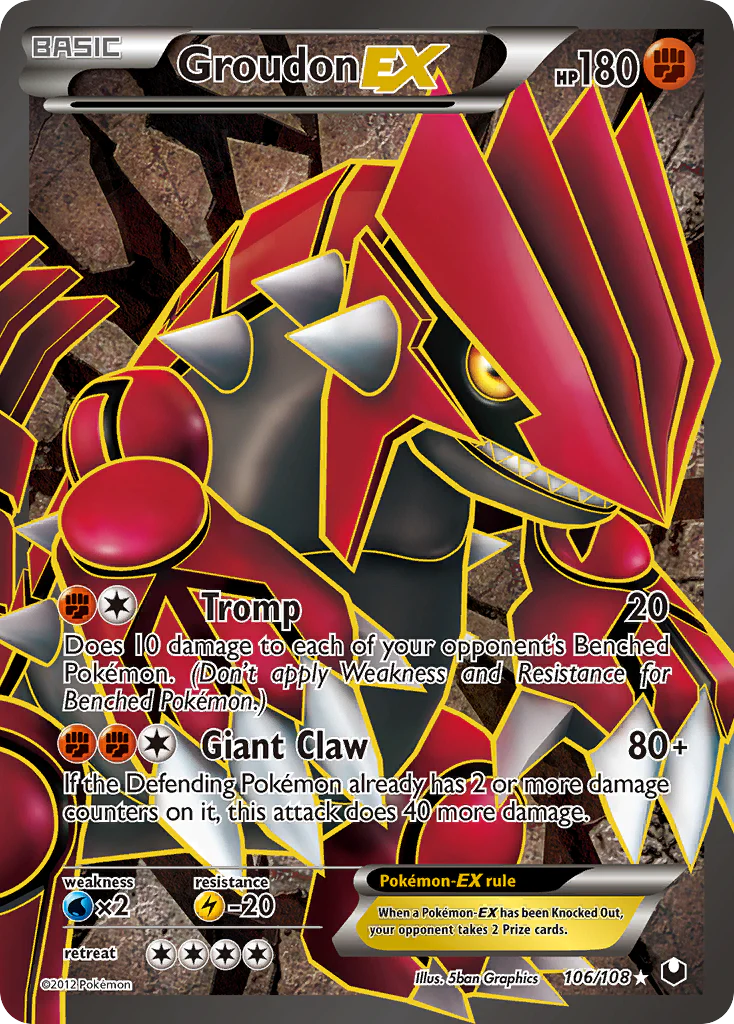

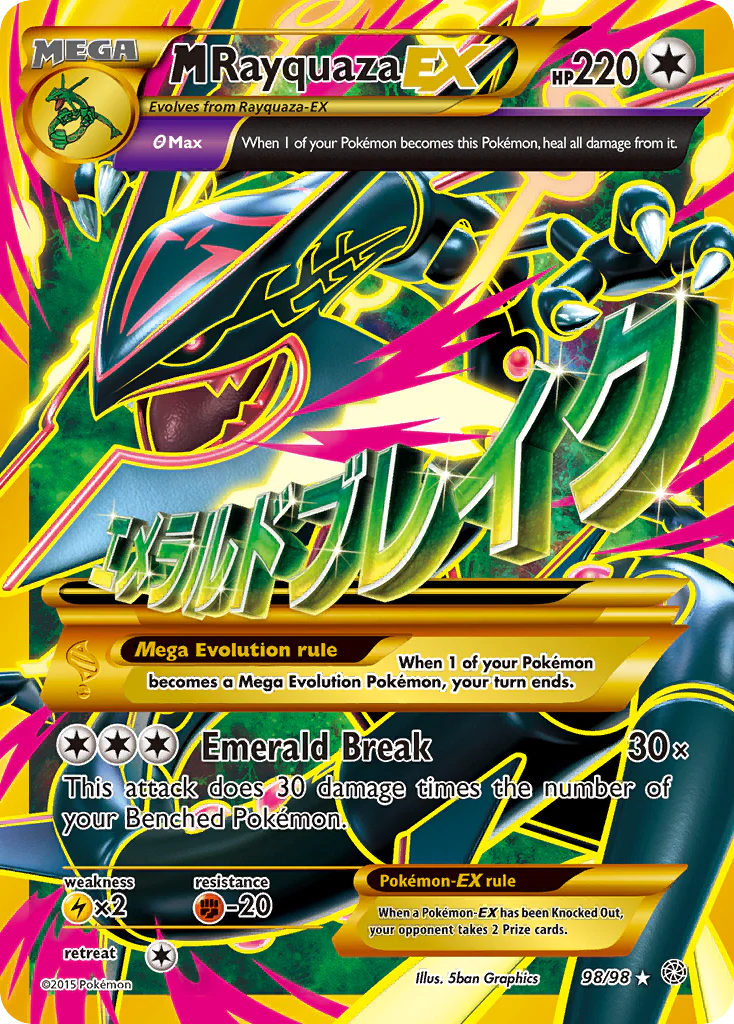
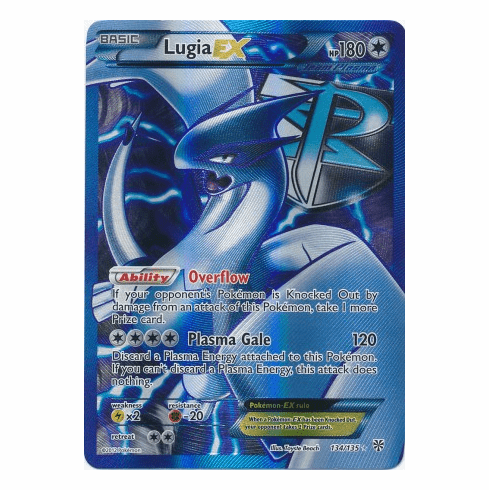
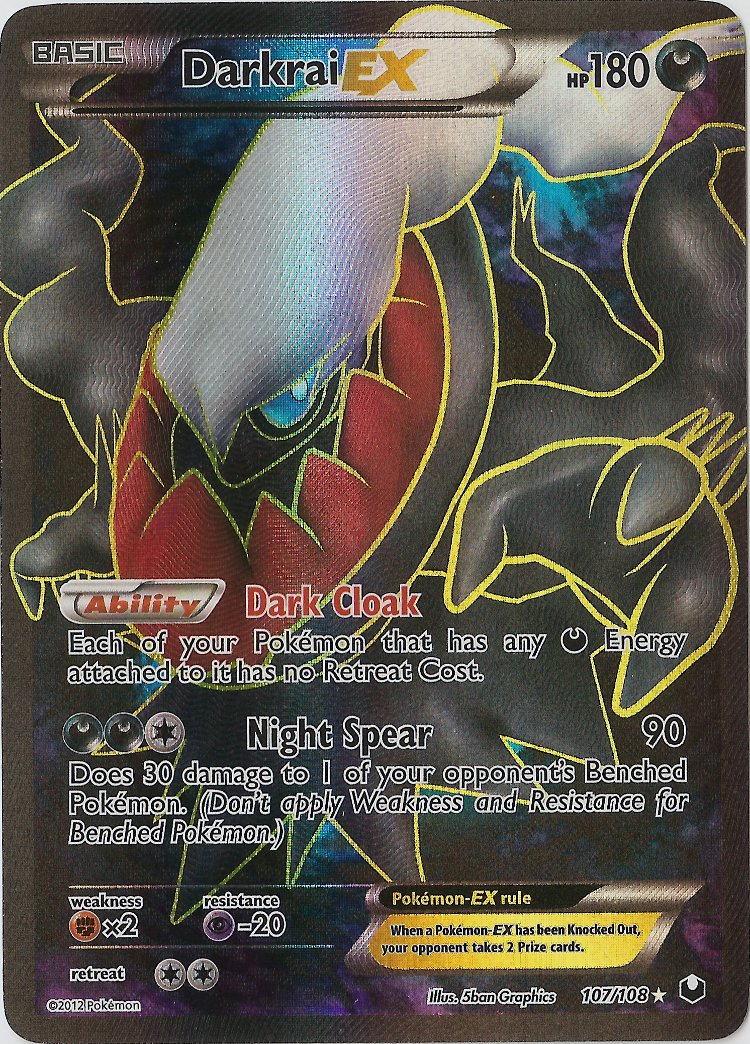
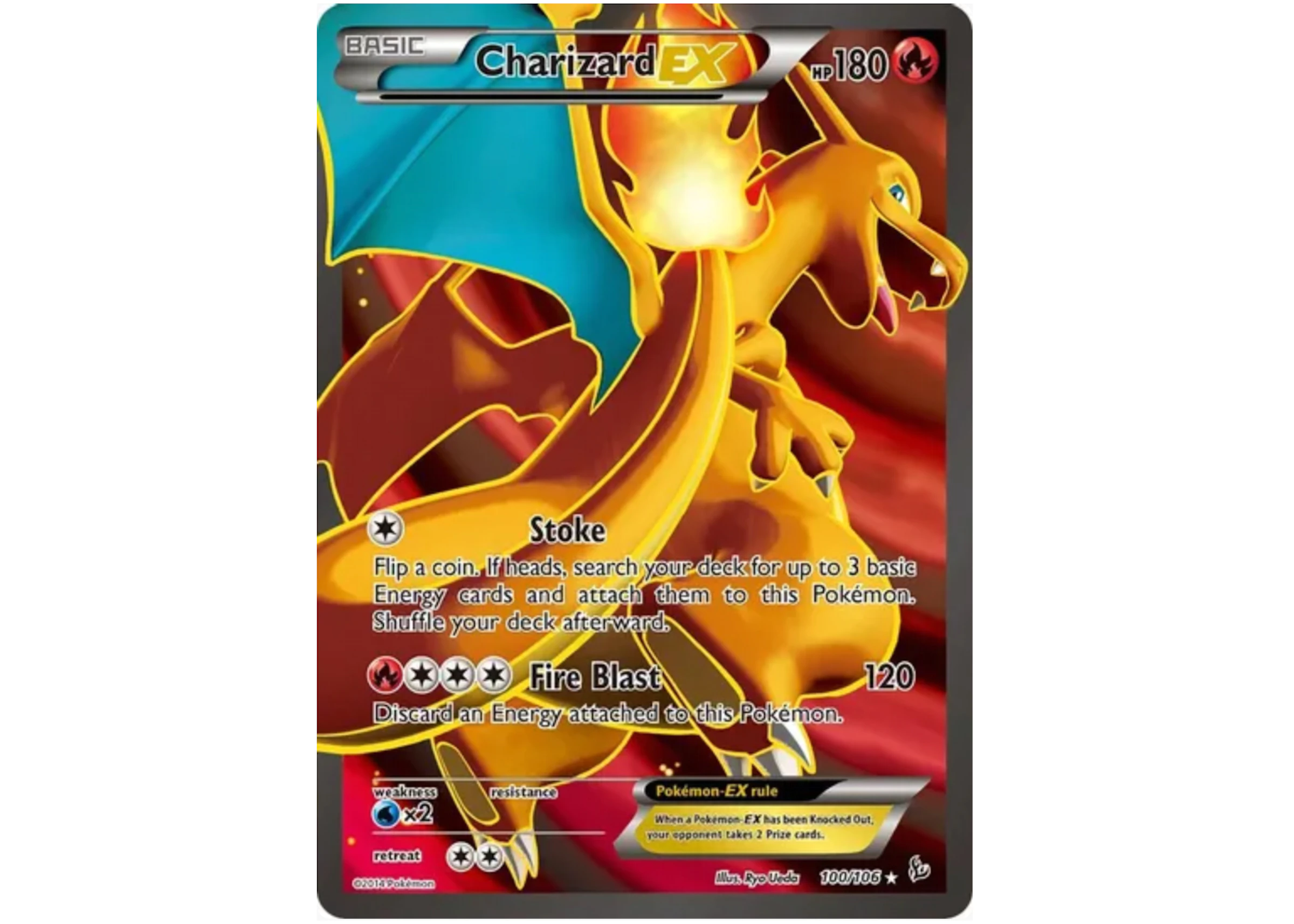
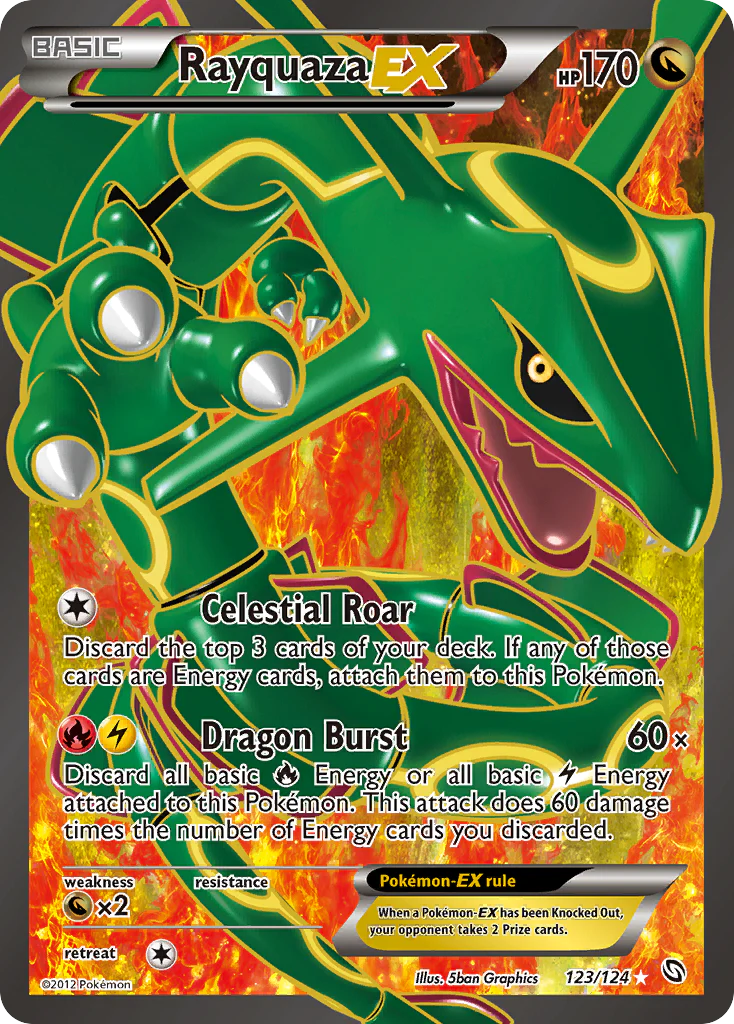
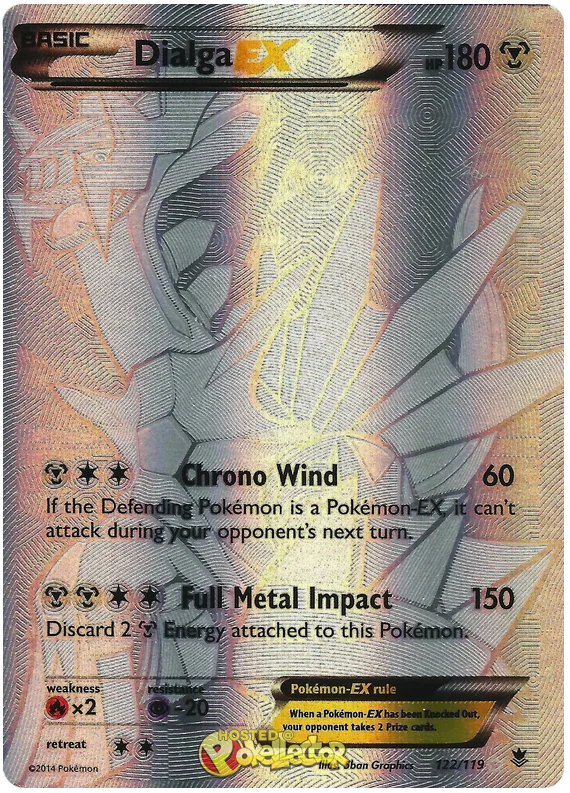
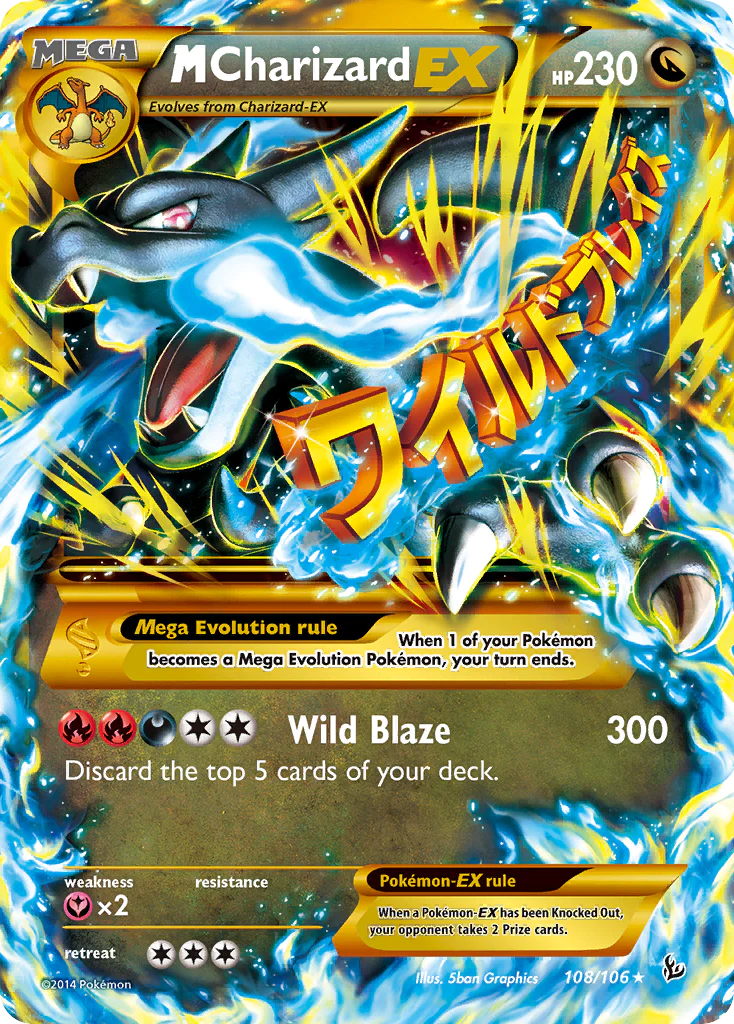
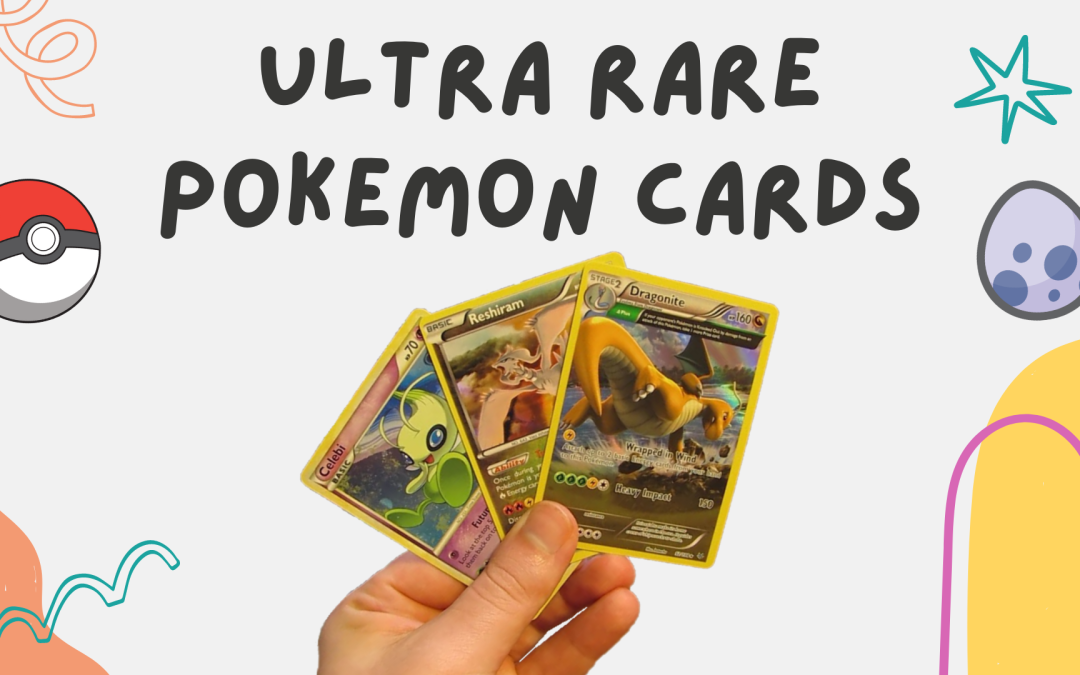
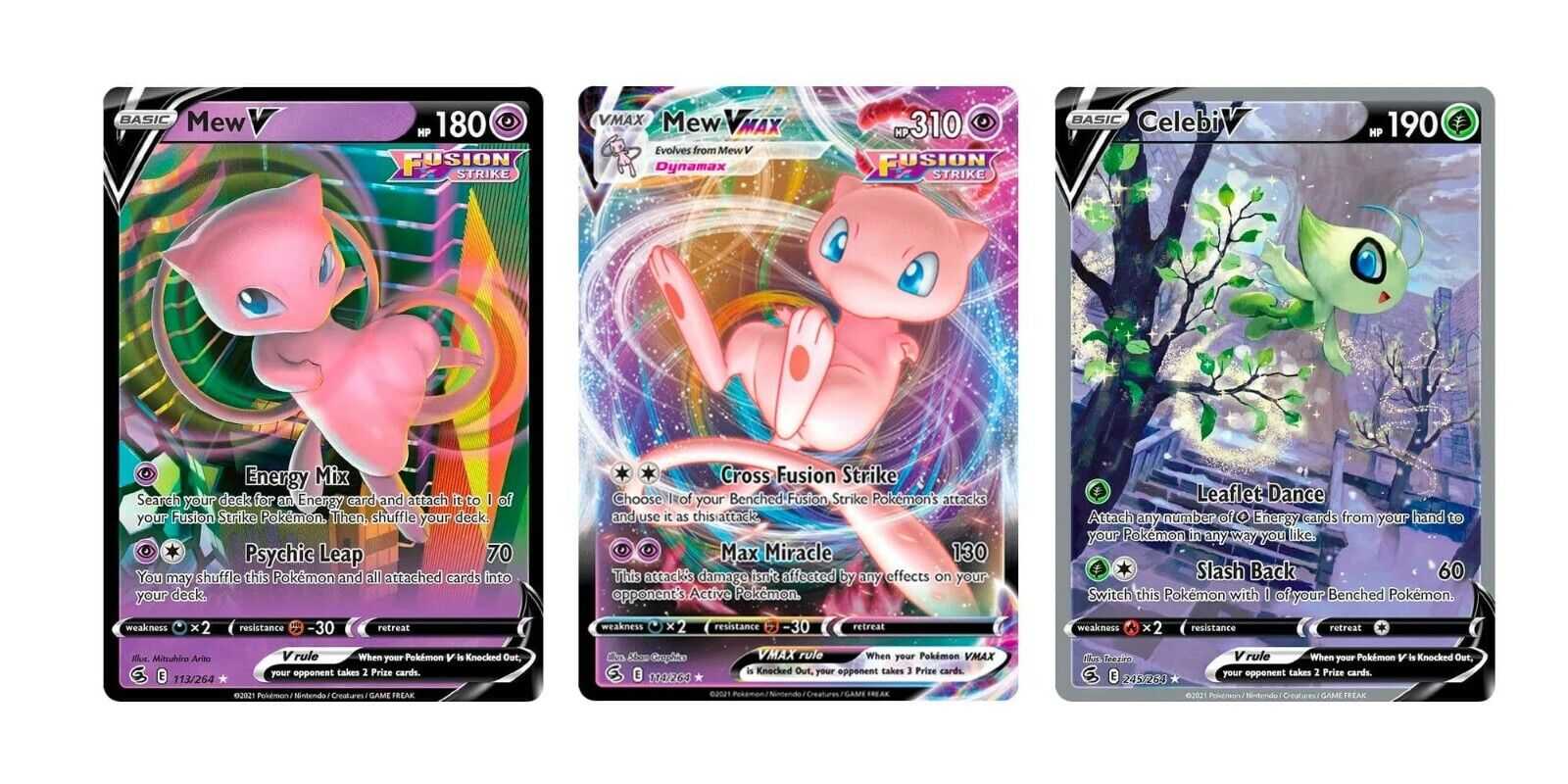
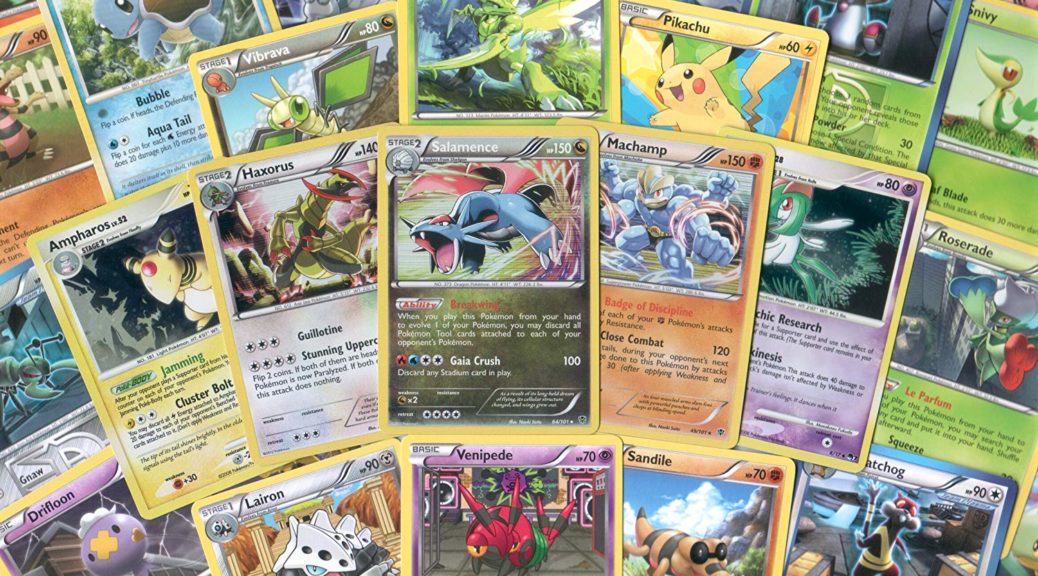

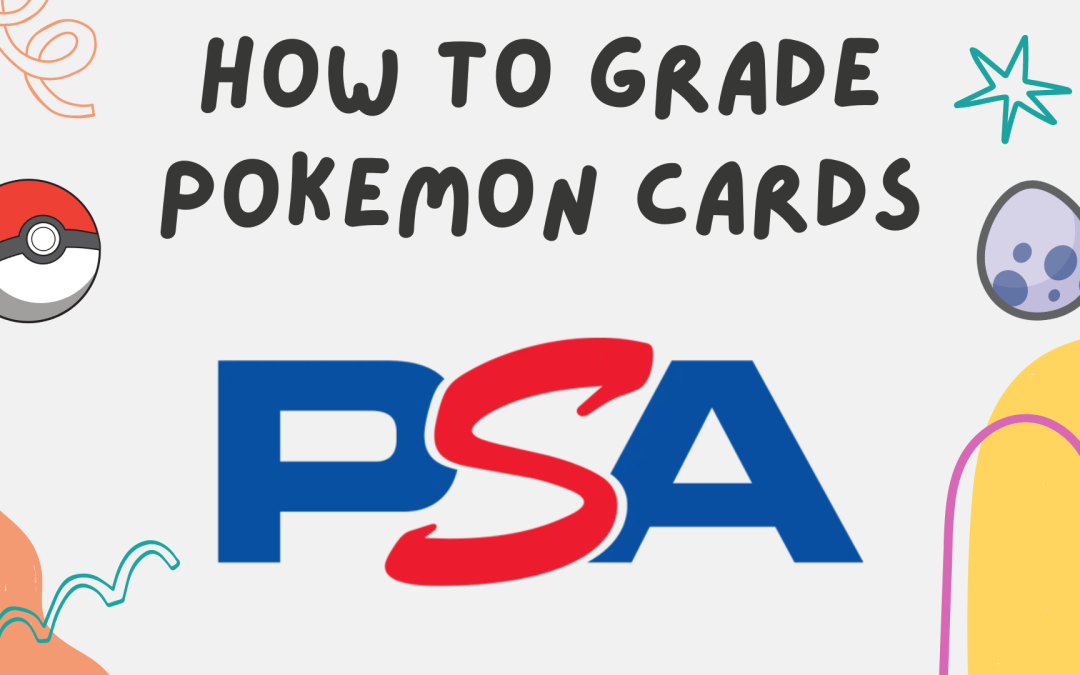
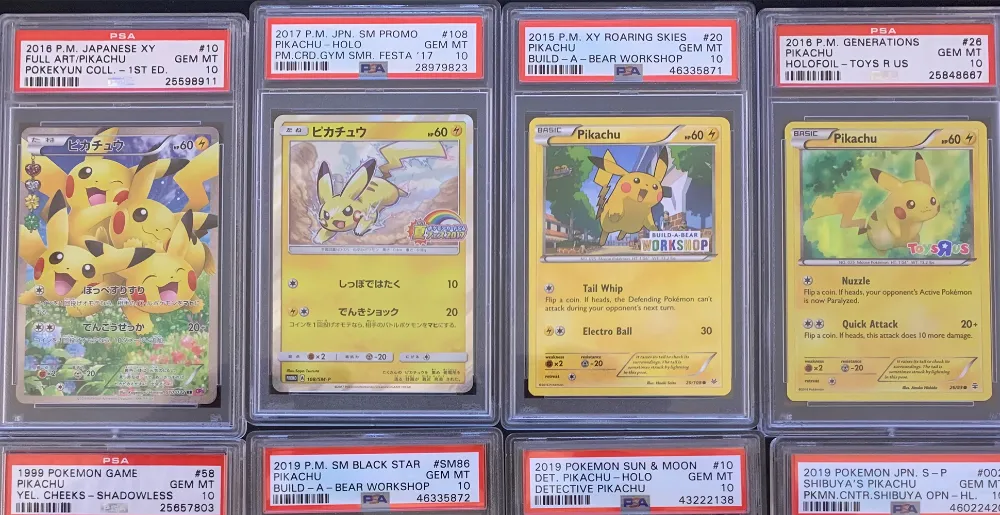
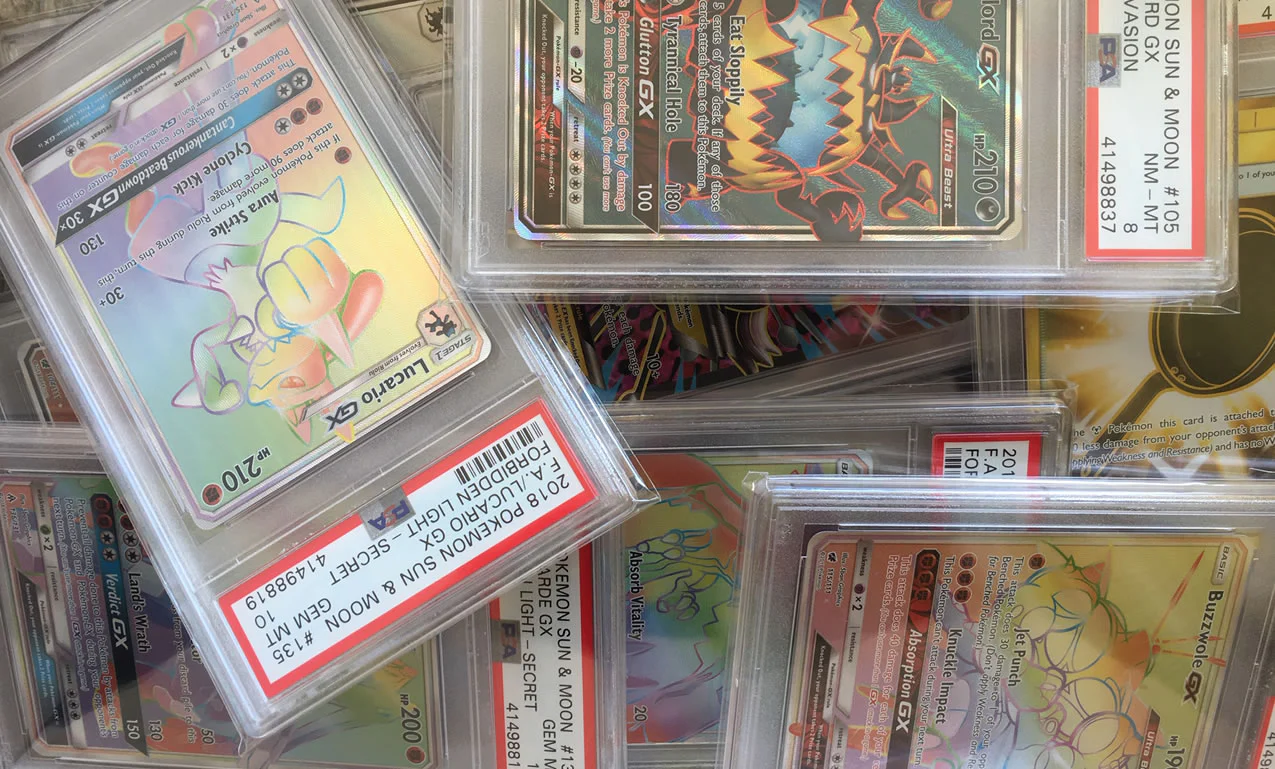
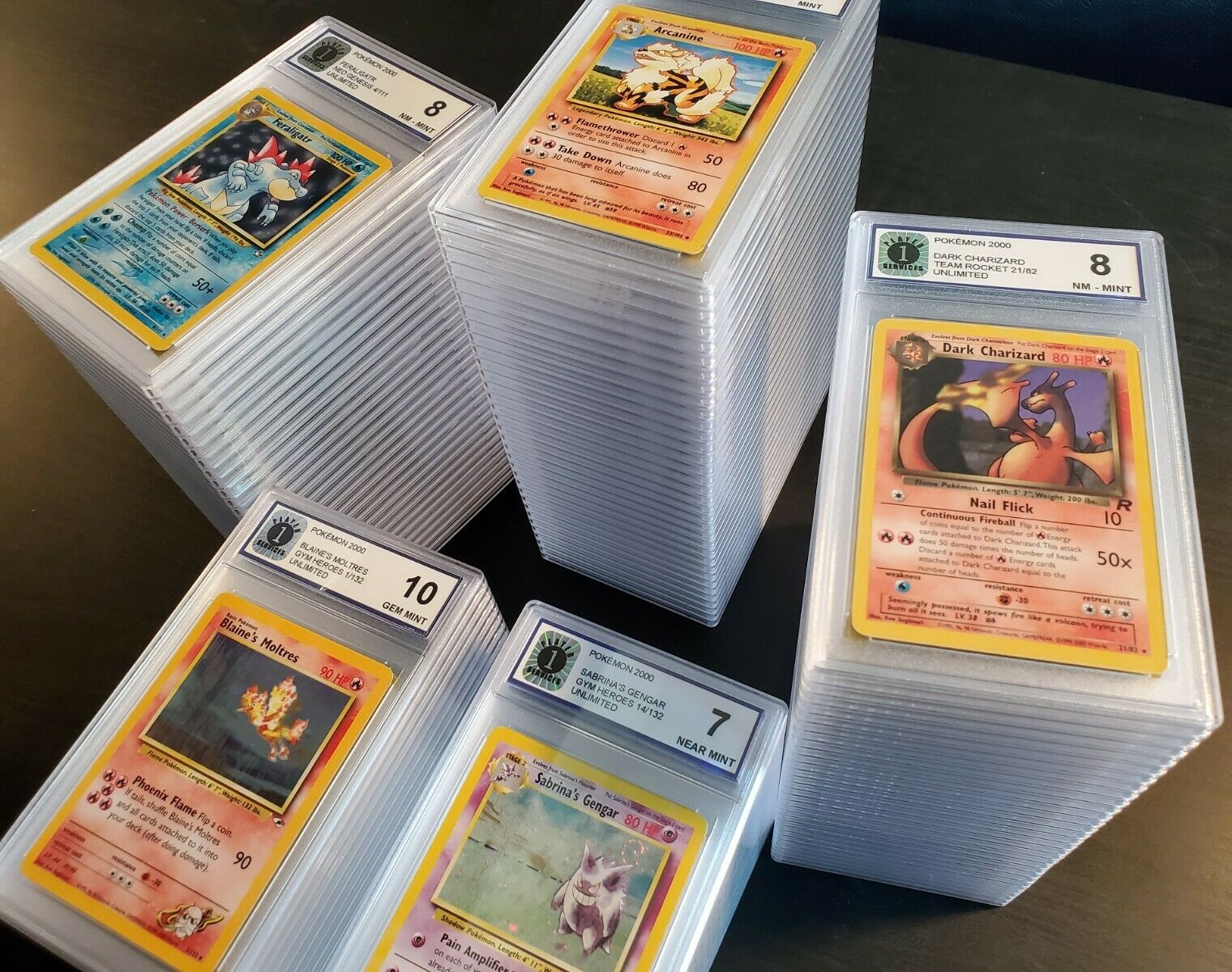
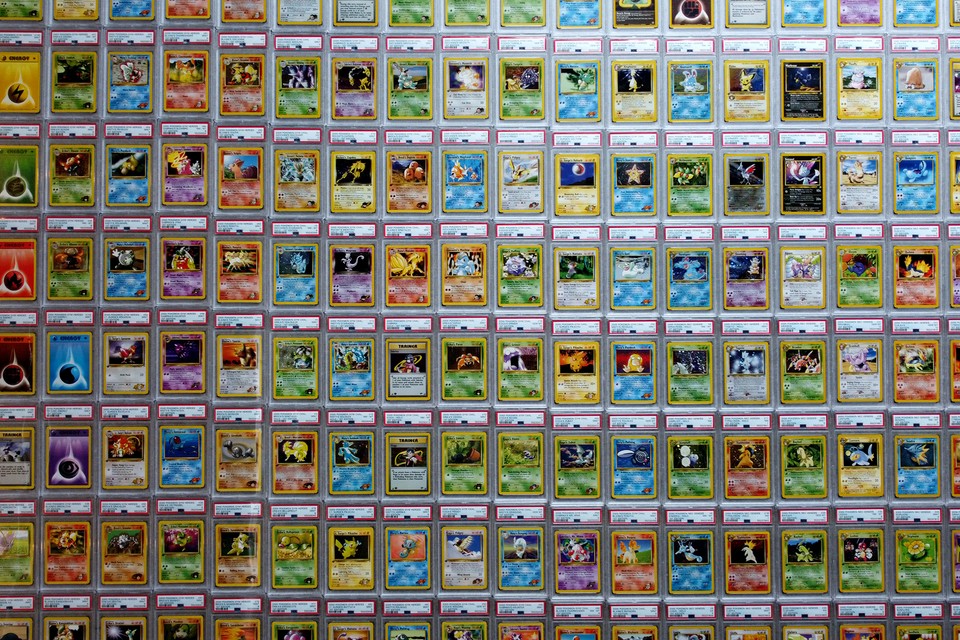
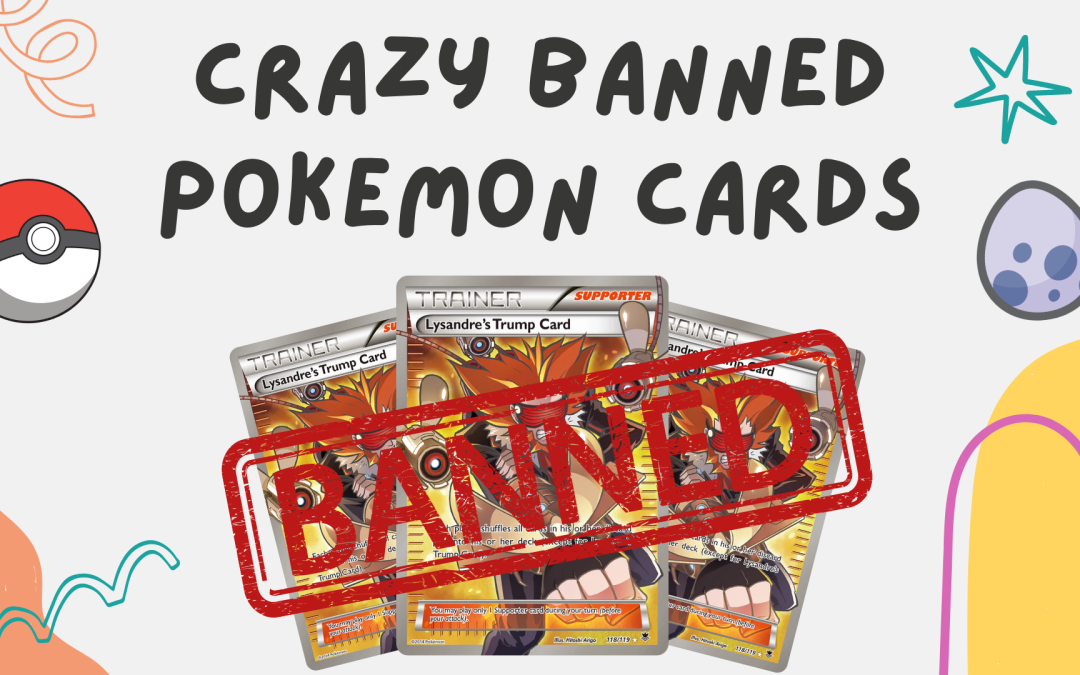
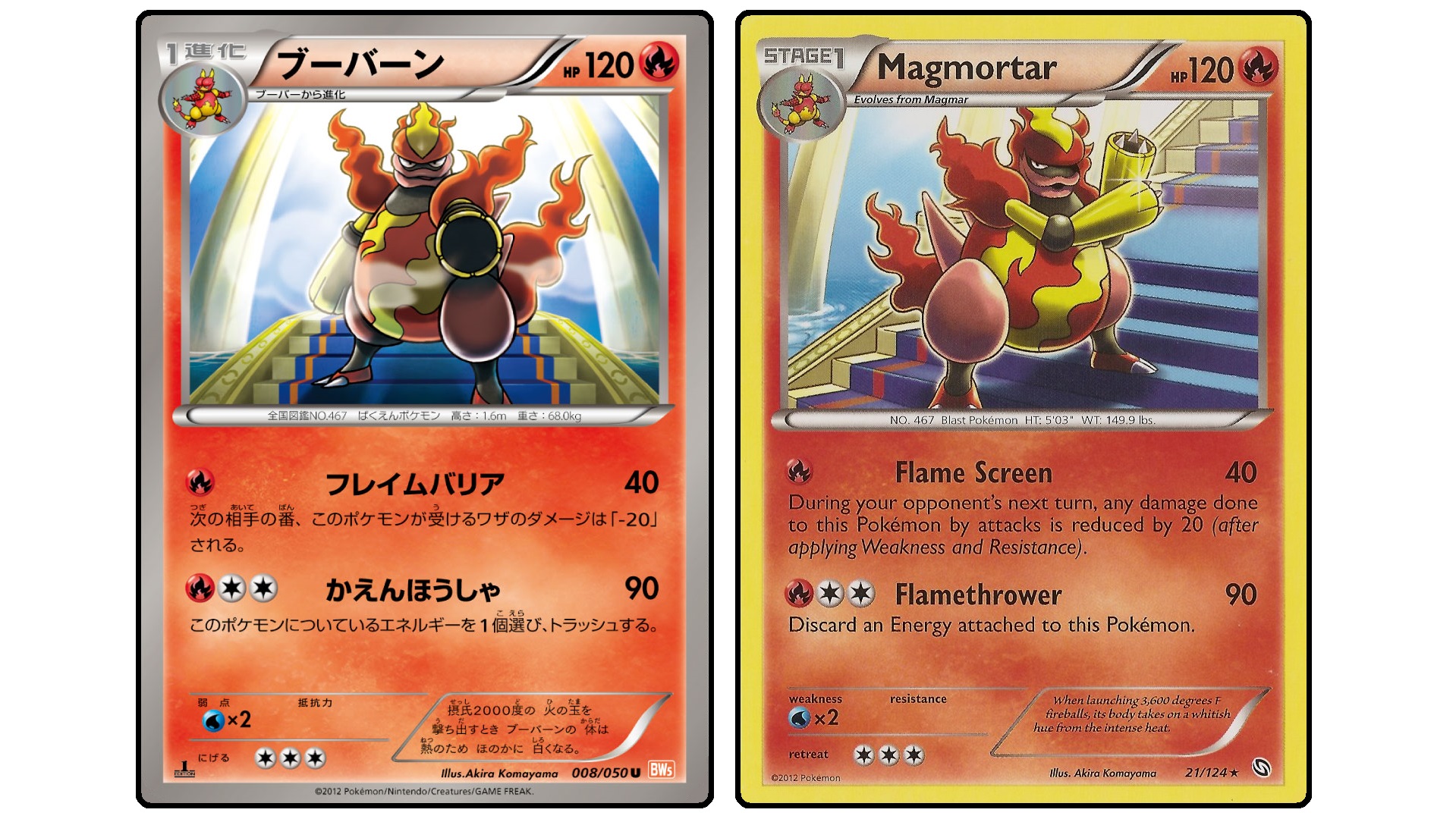
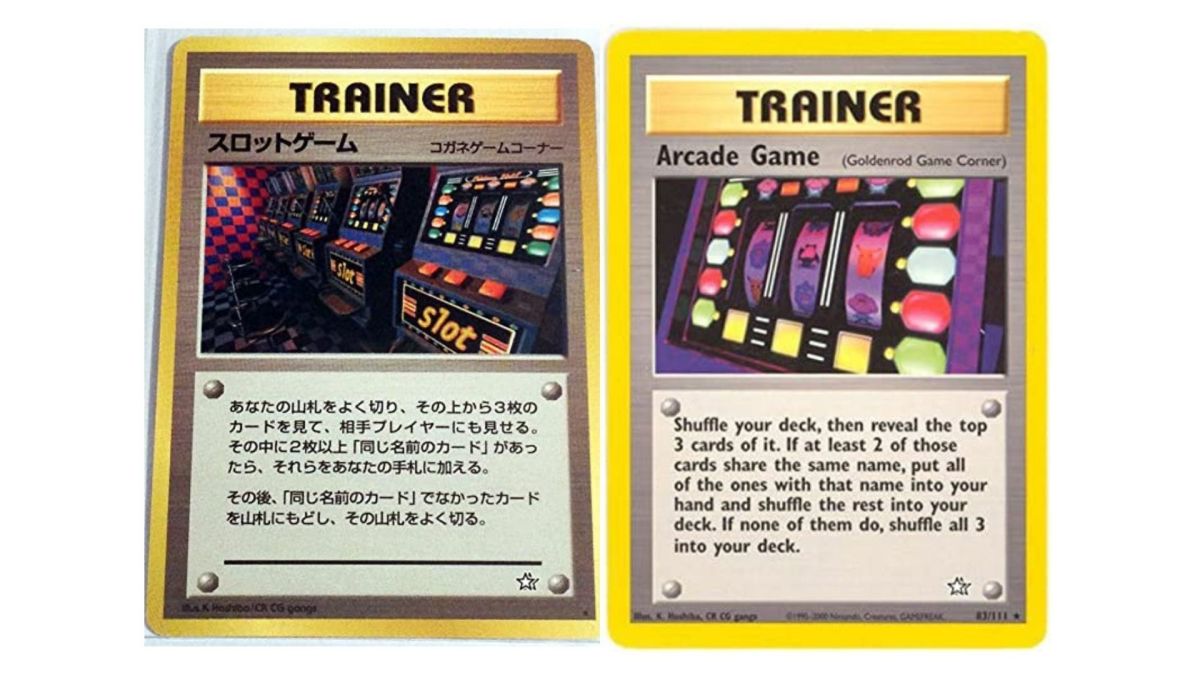
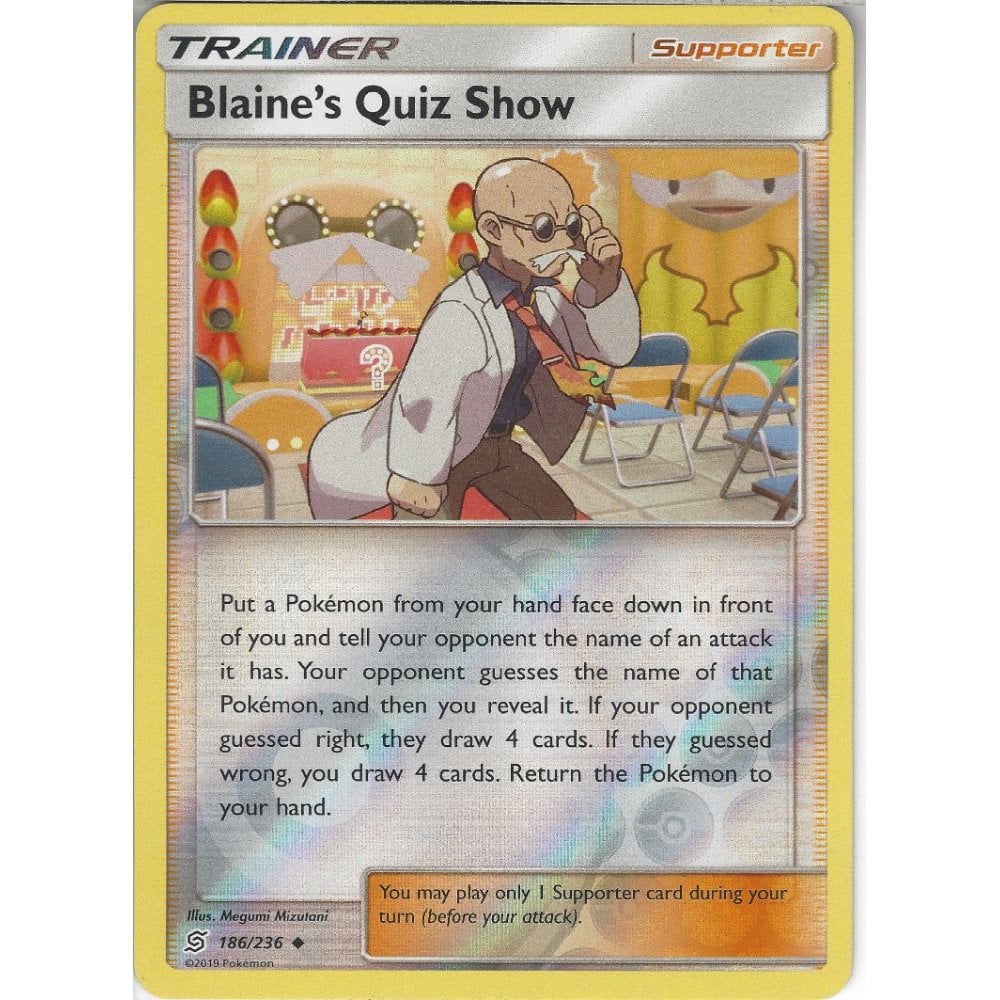
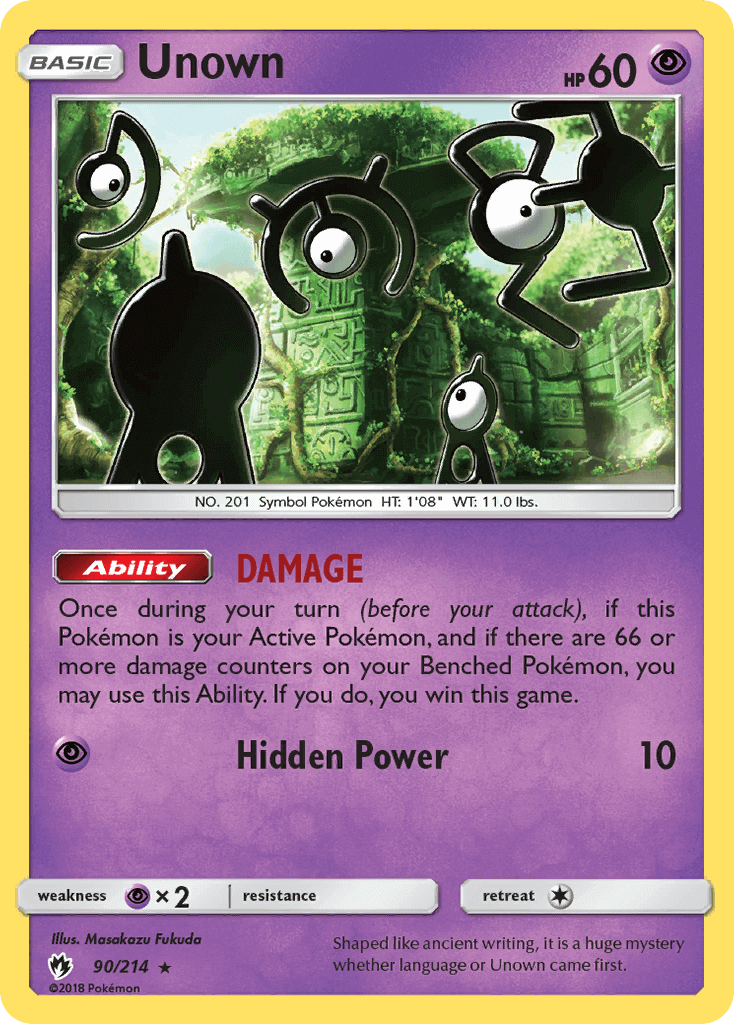
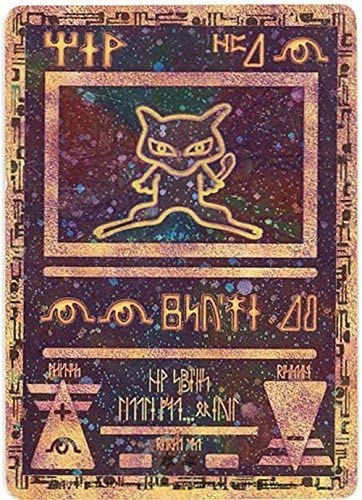
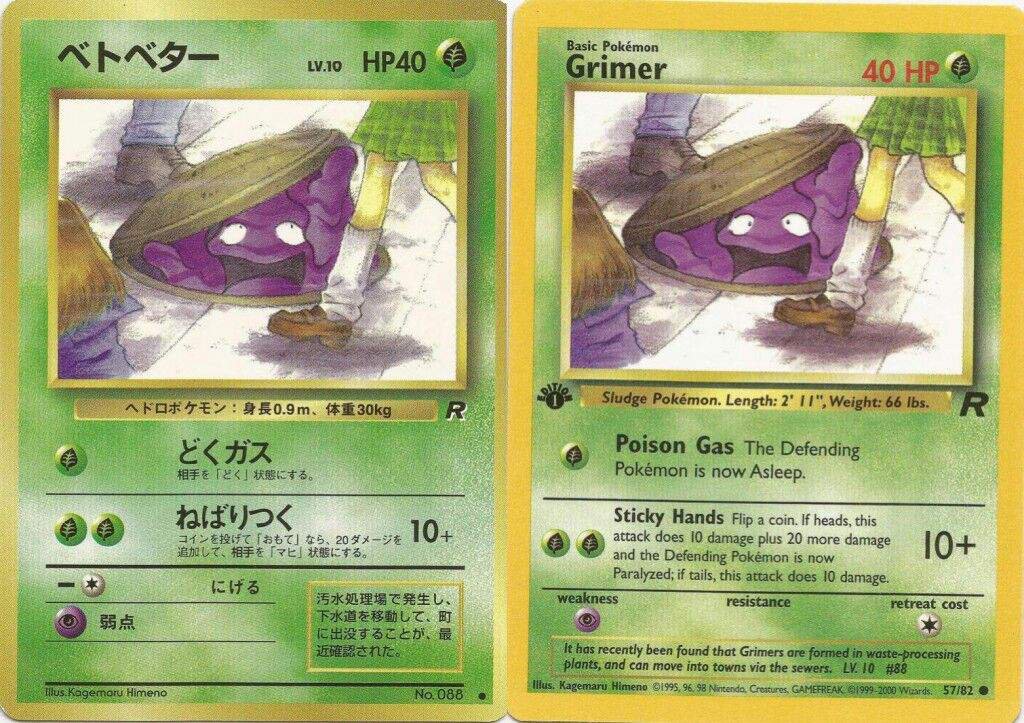
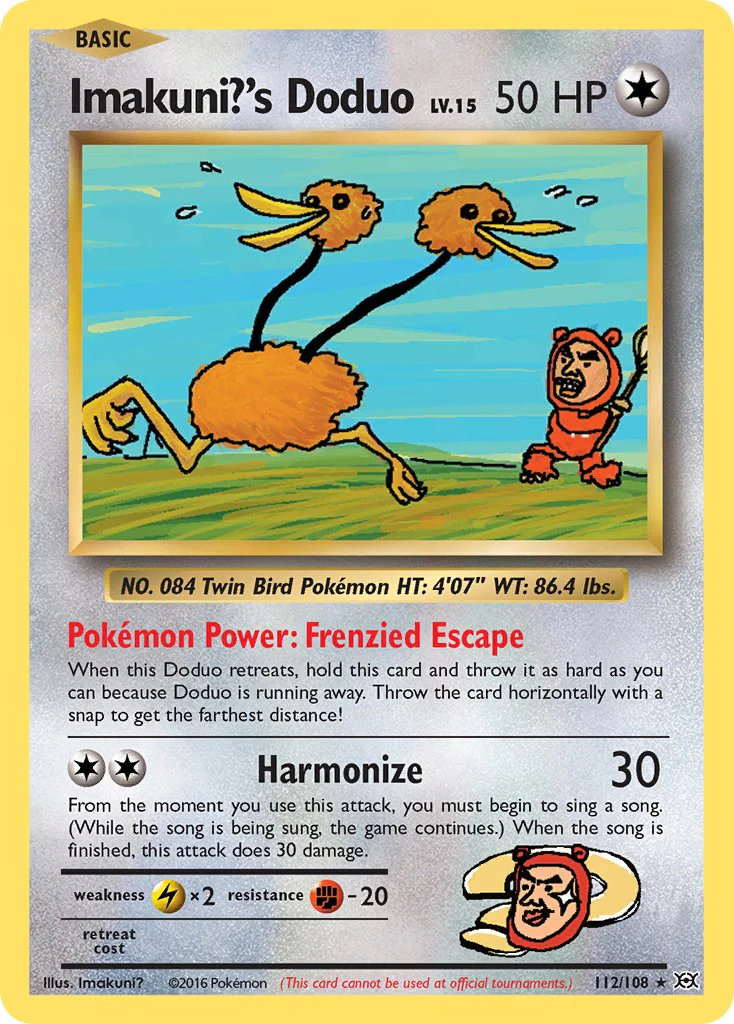
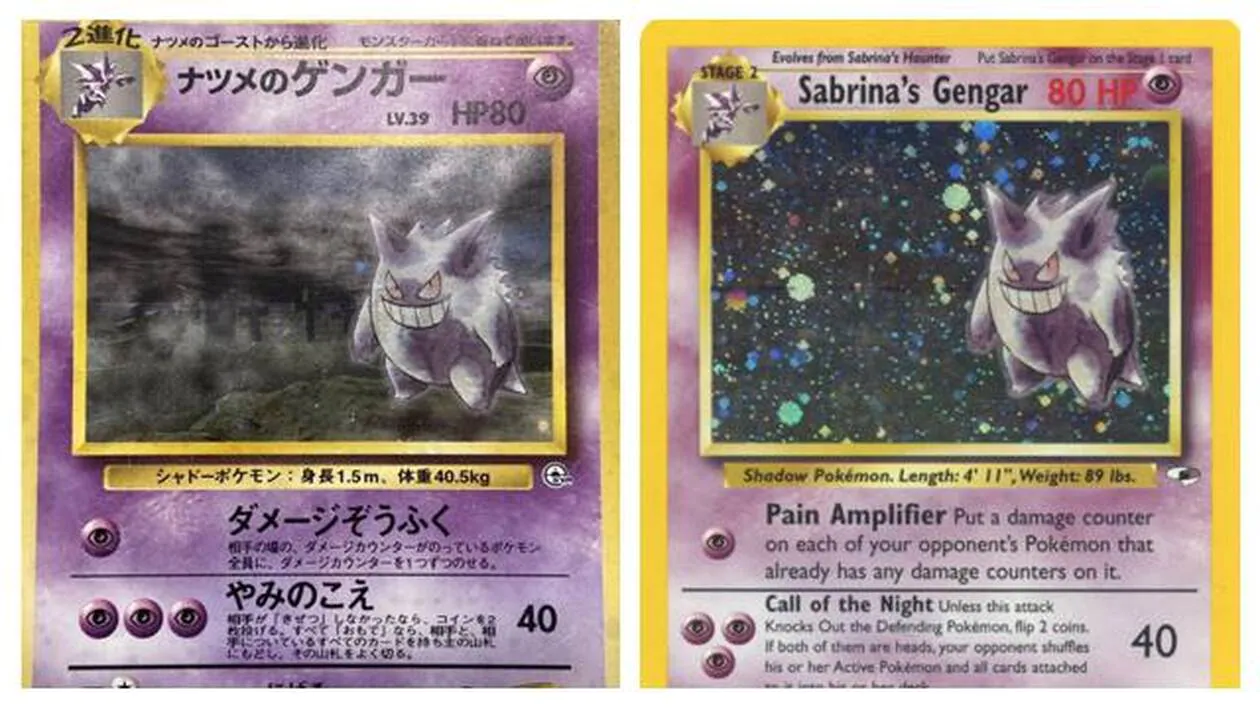
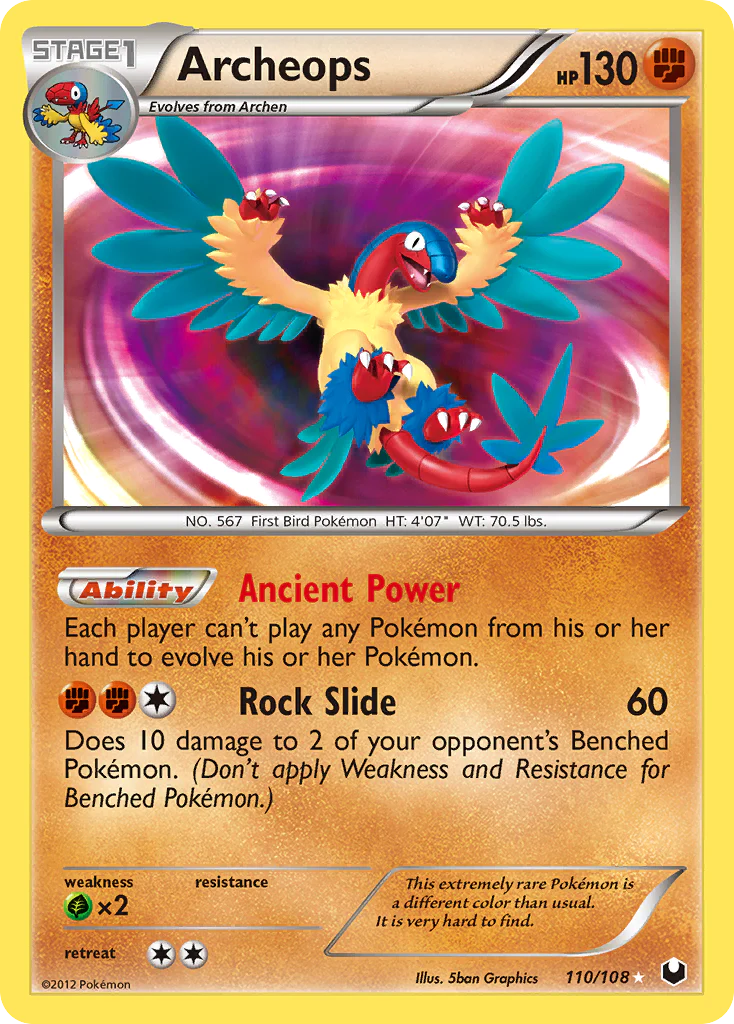
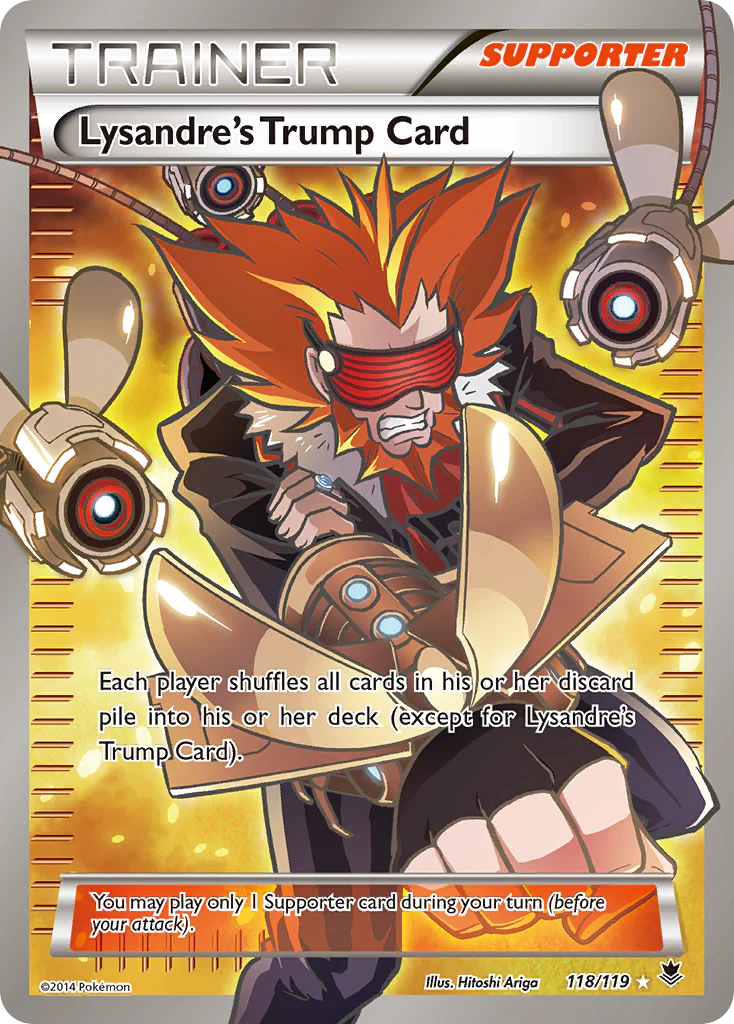
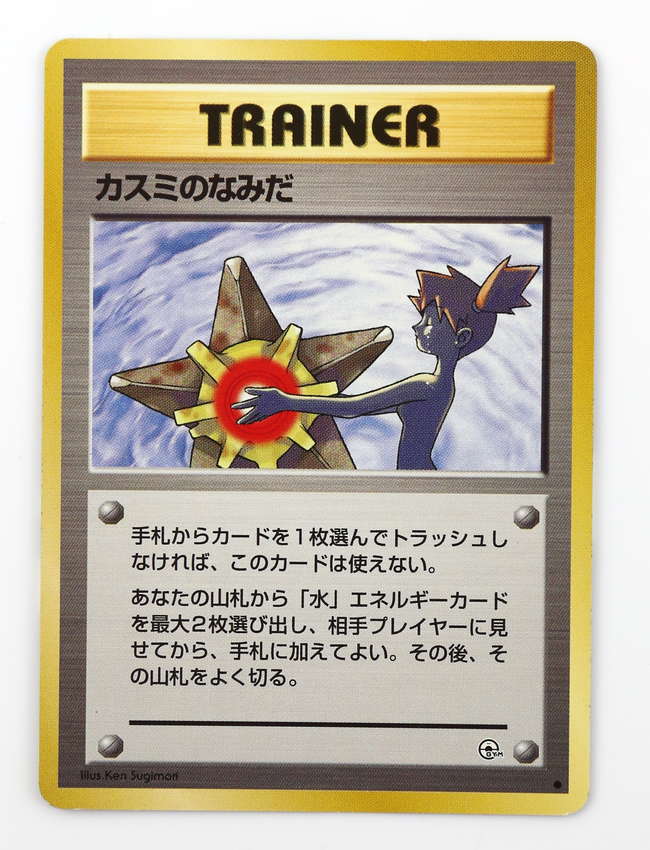
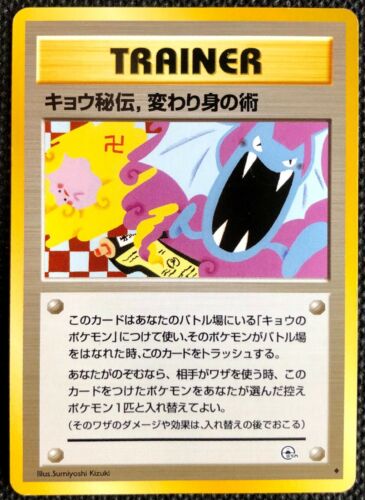
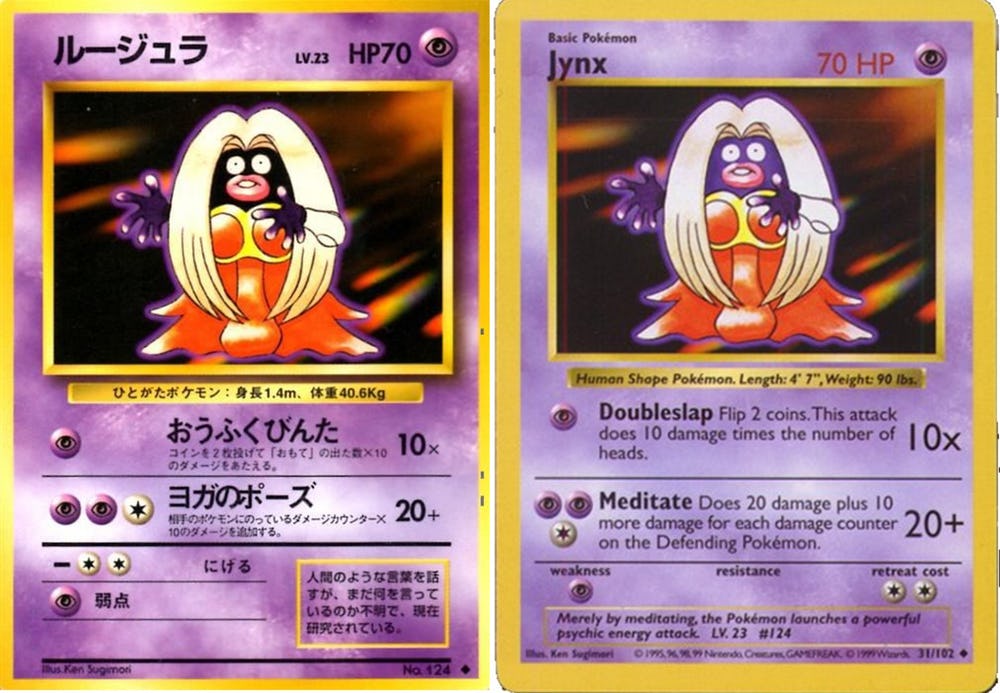
Recent Comments